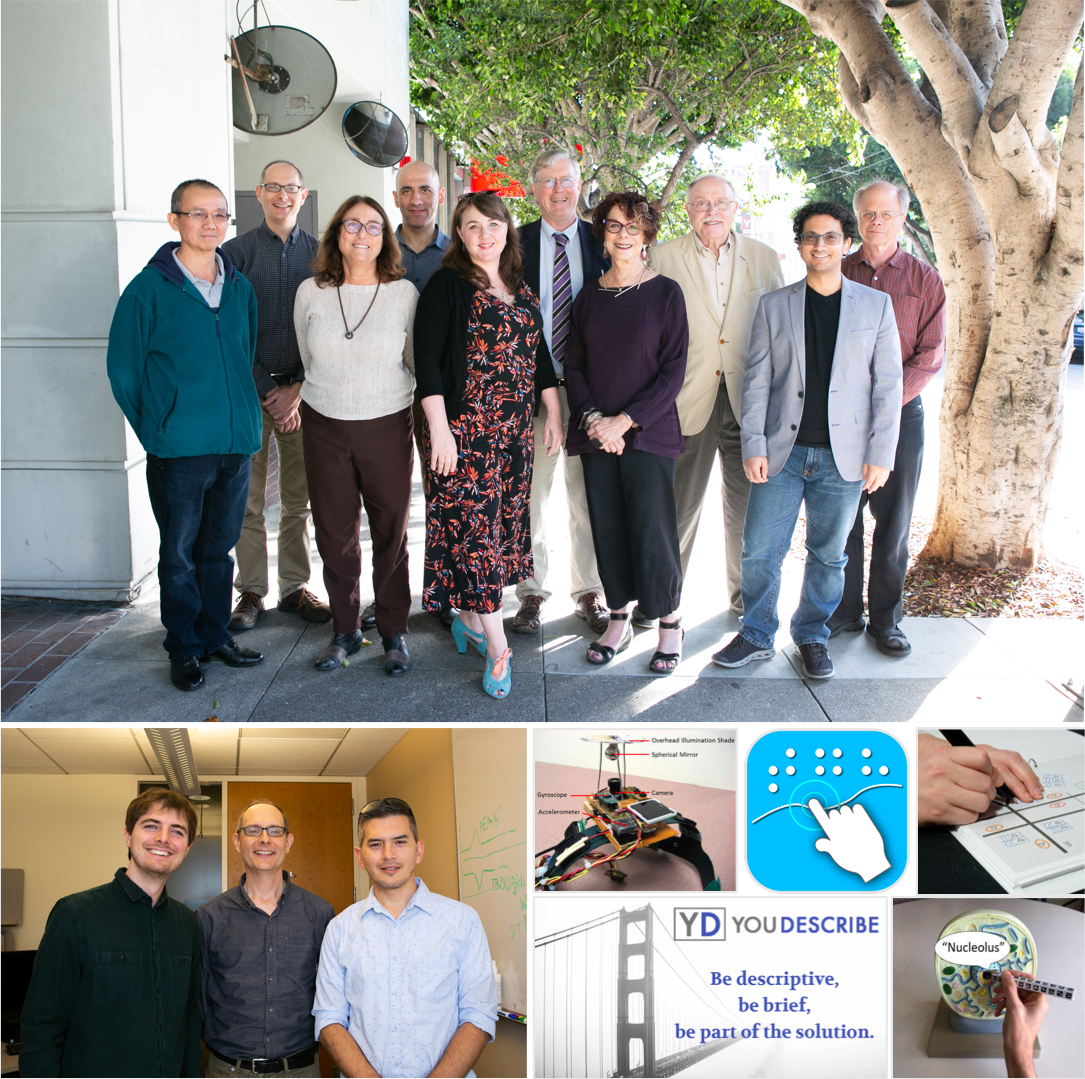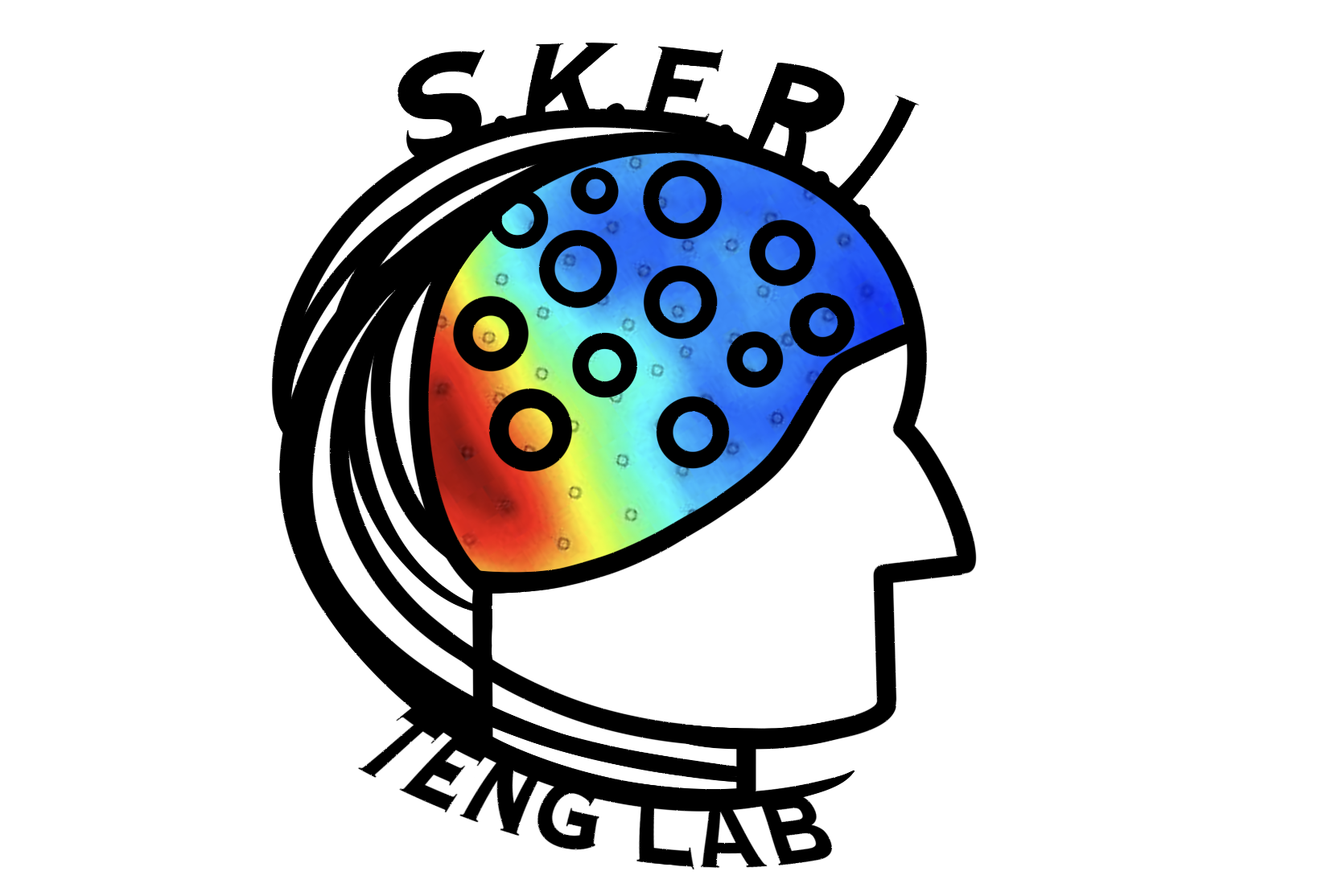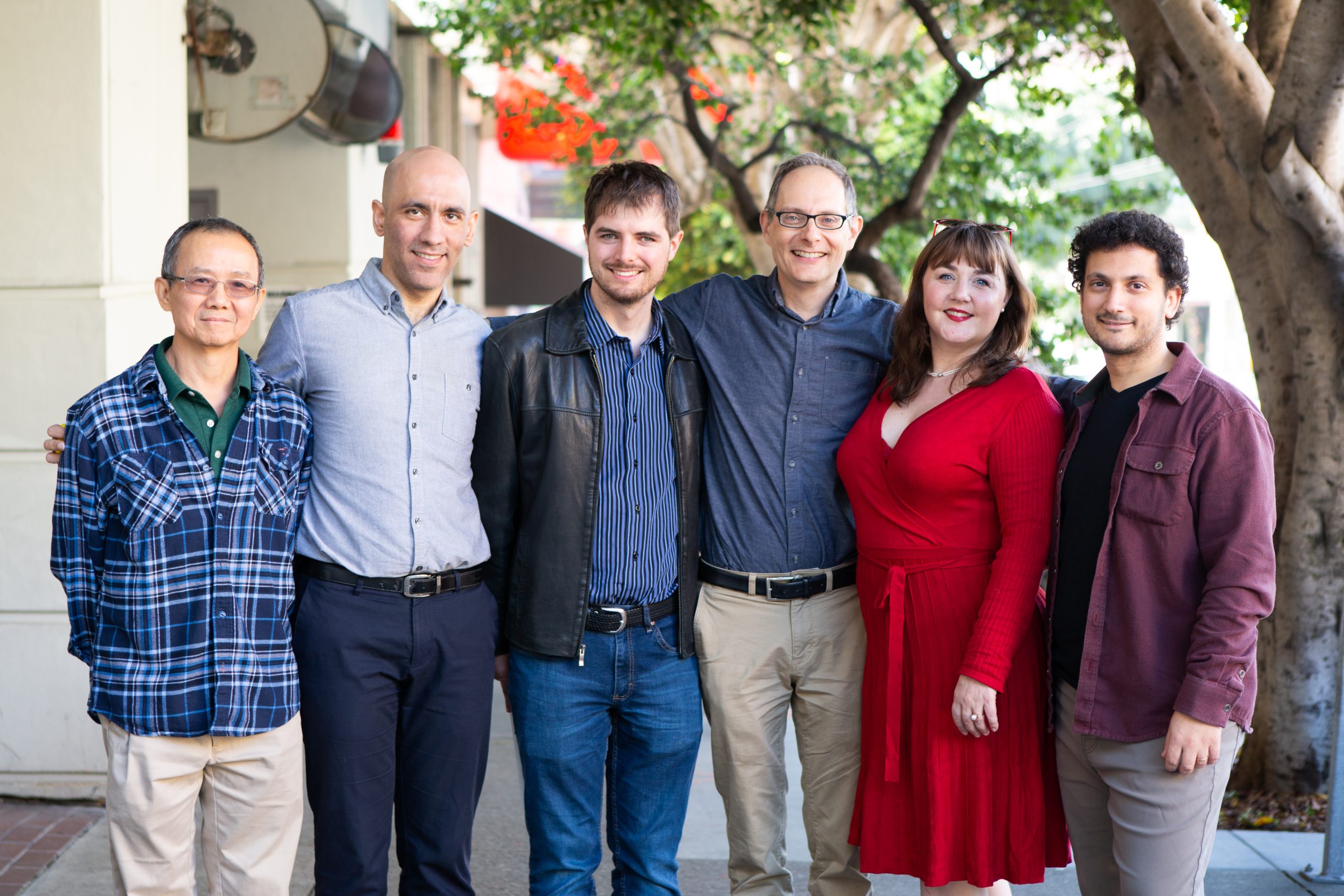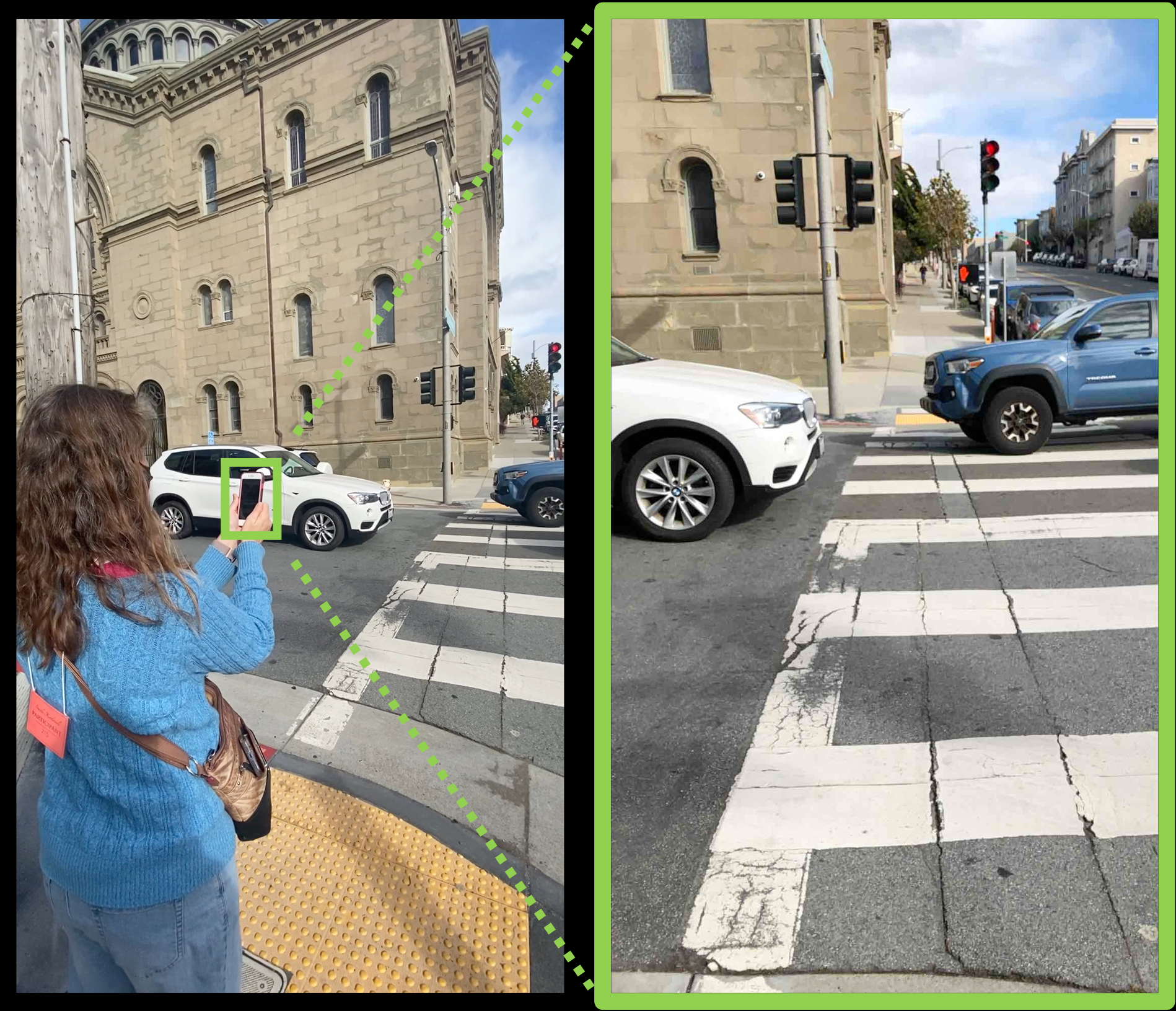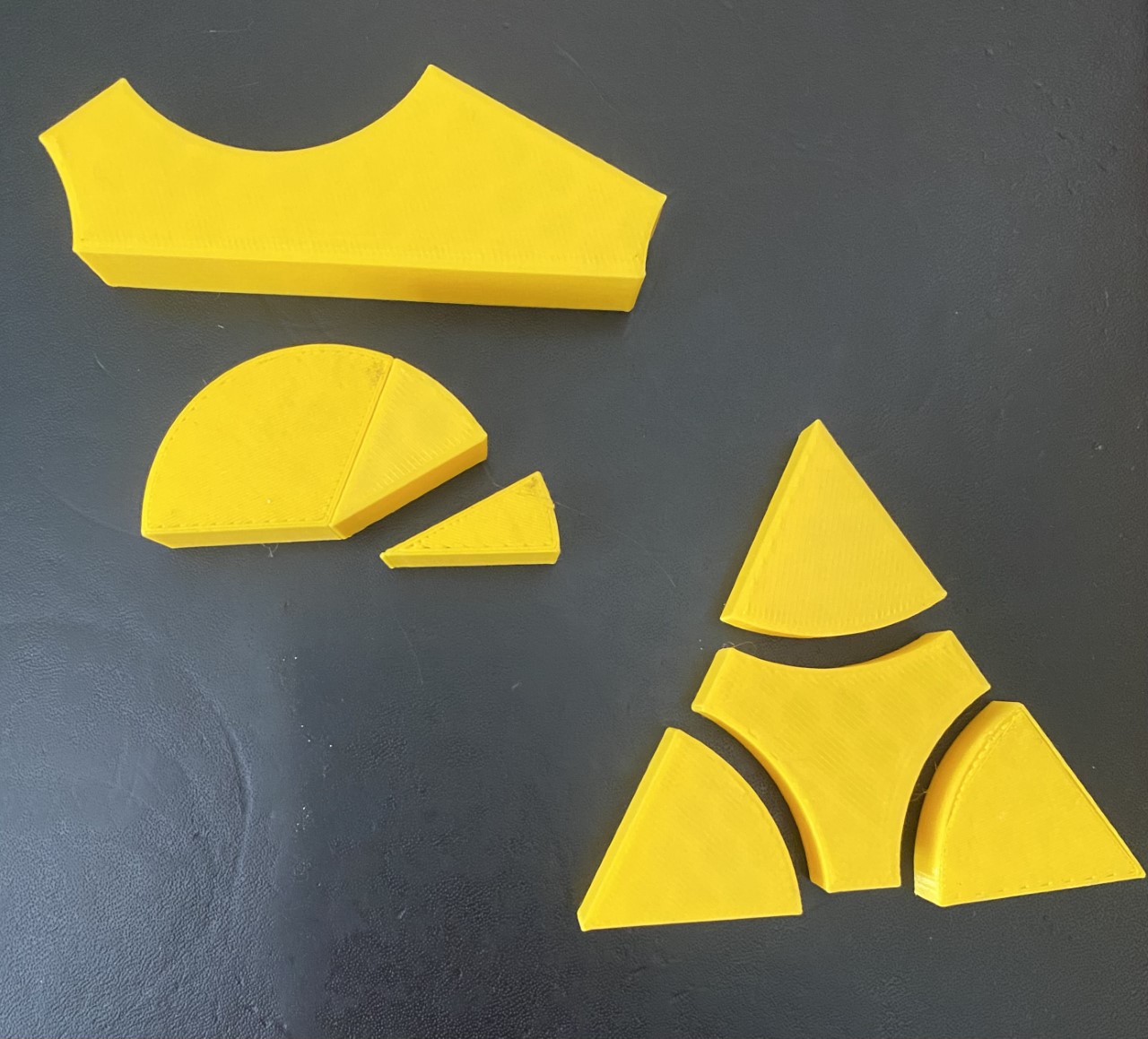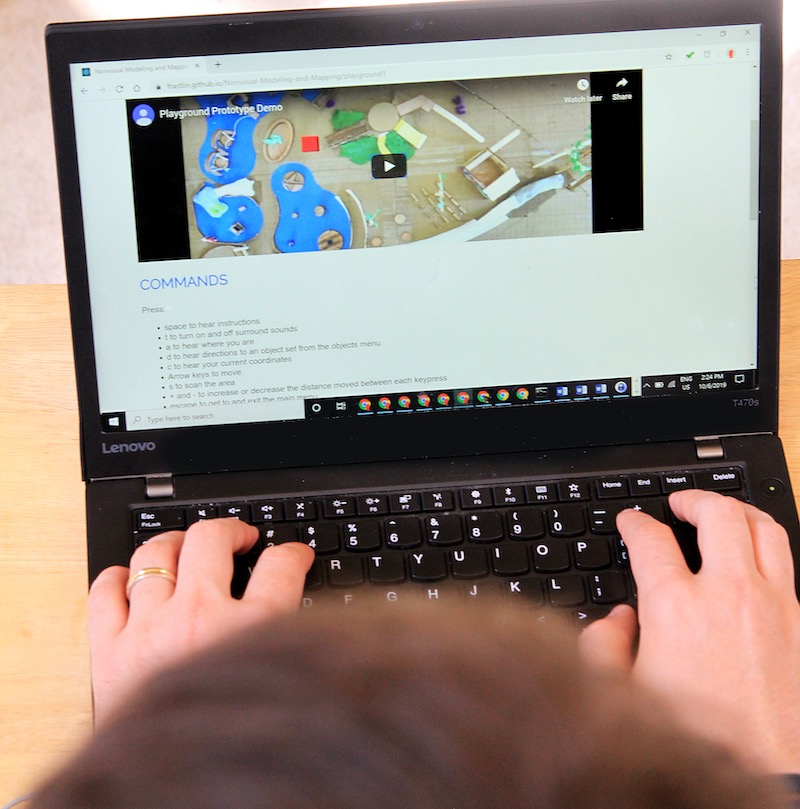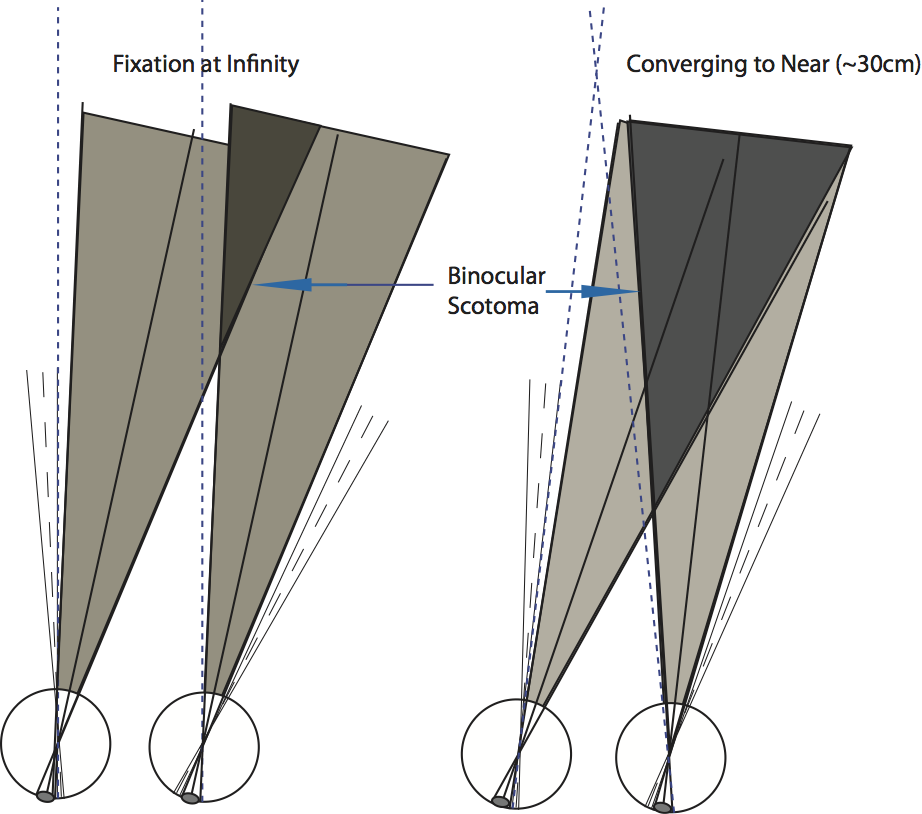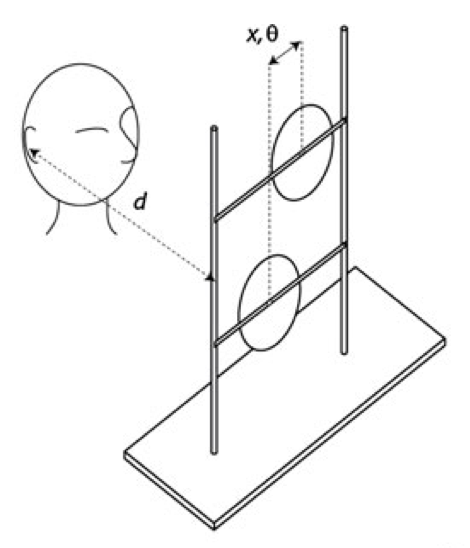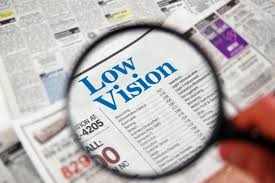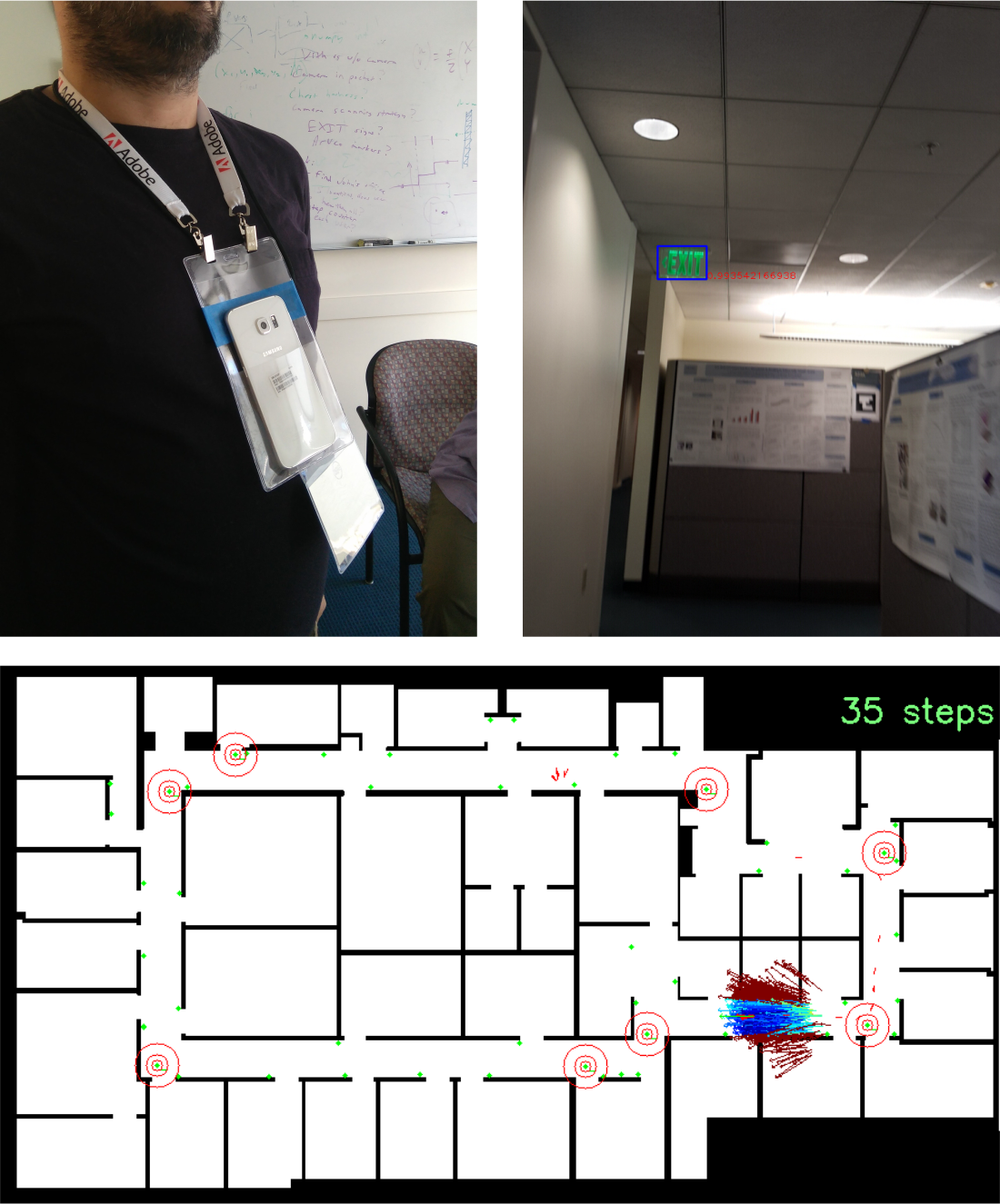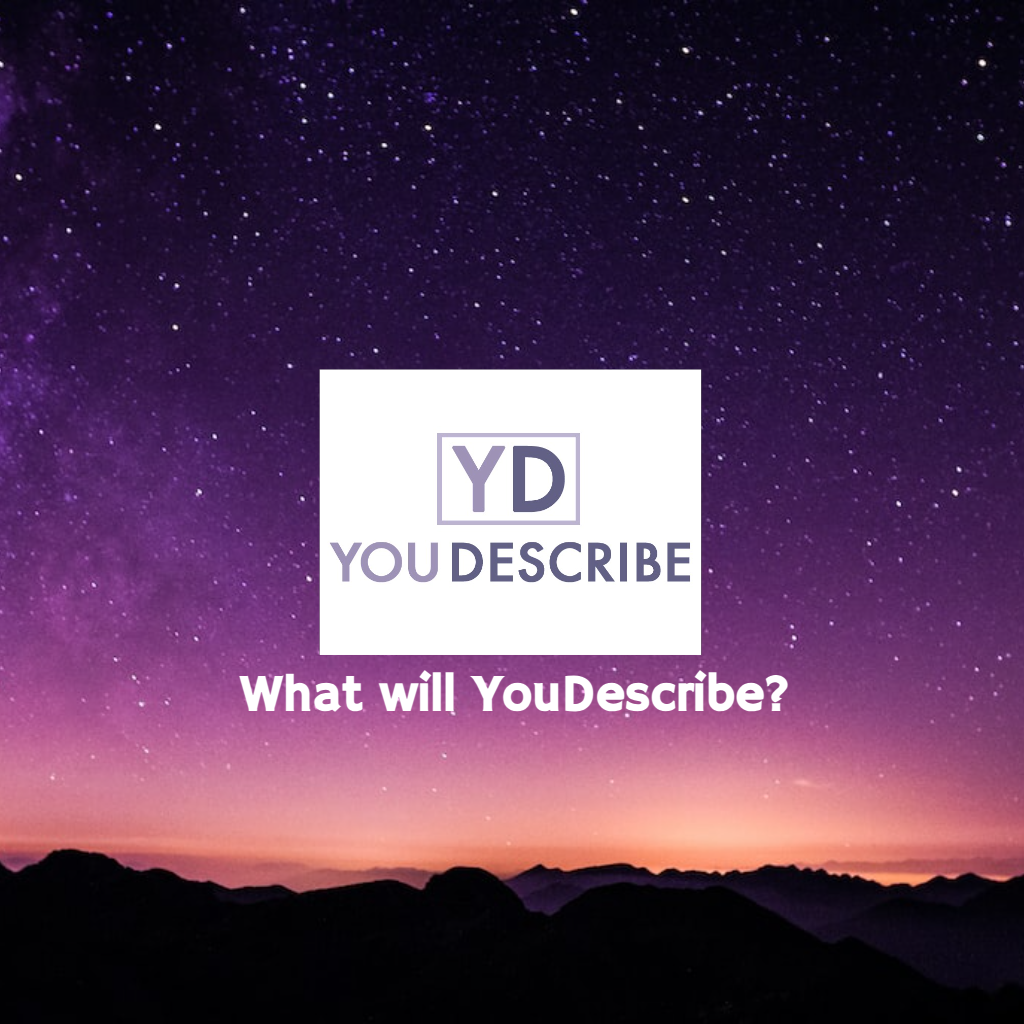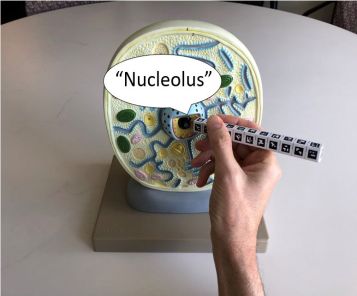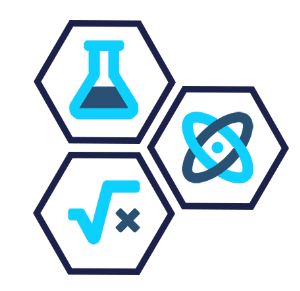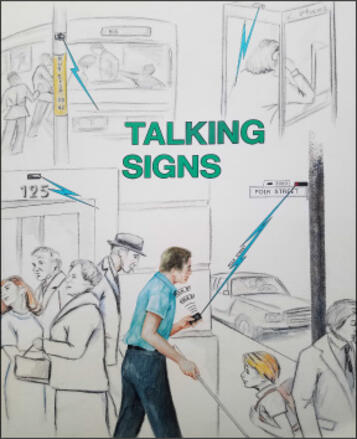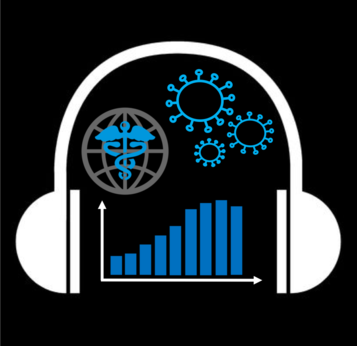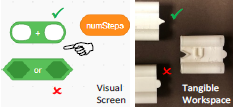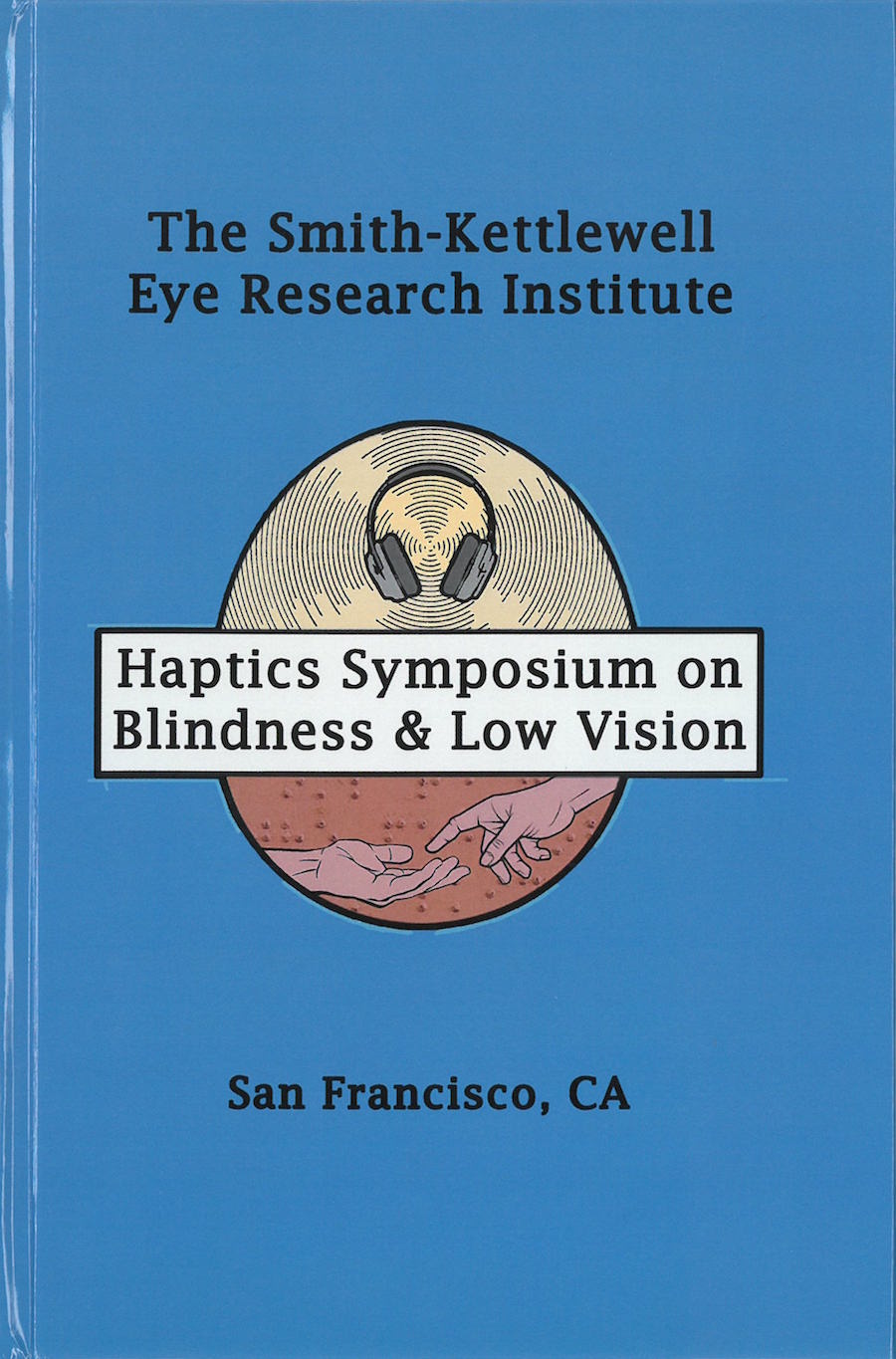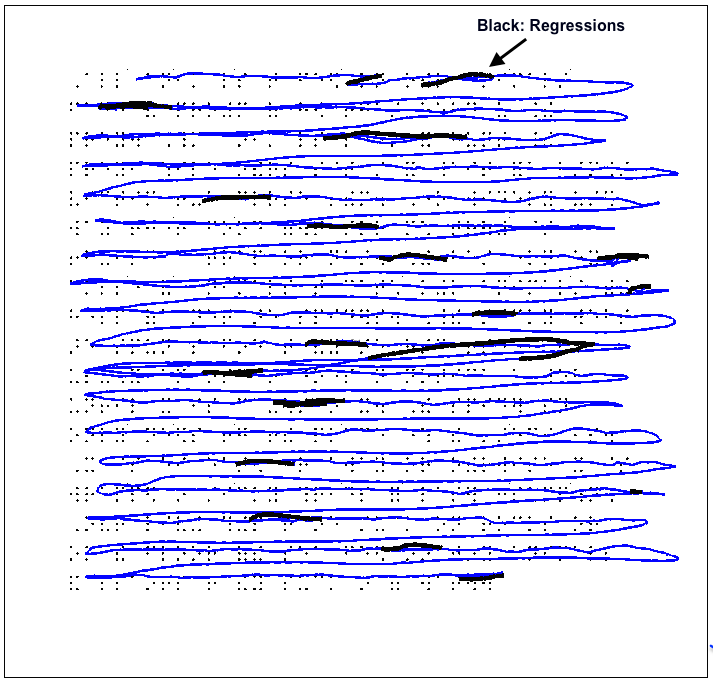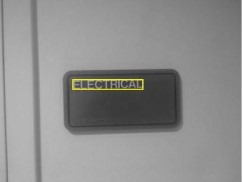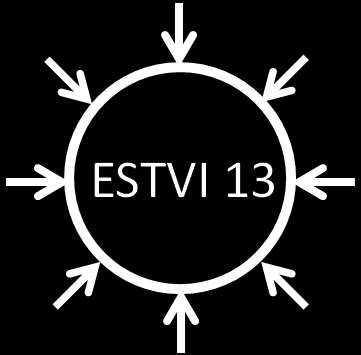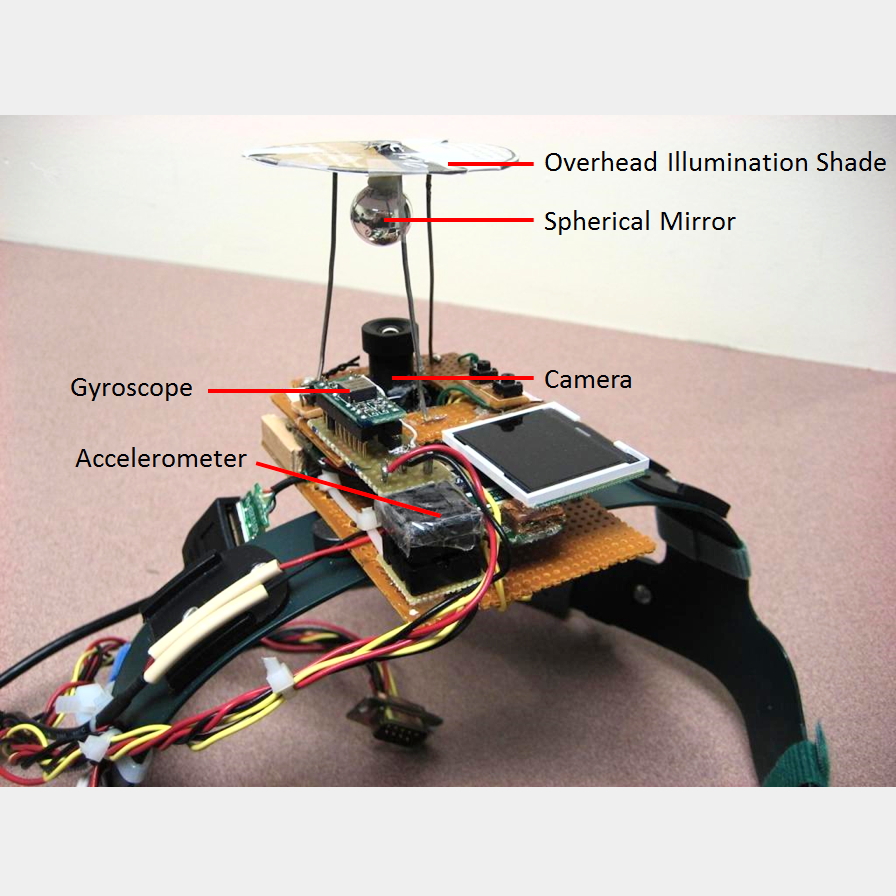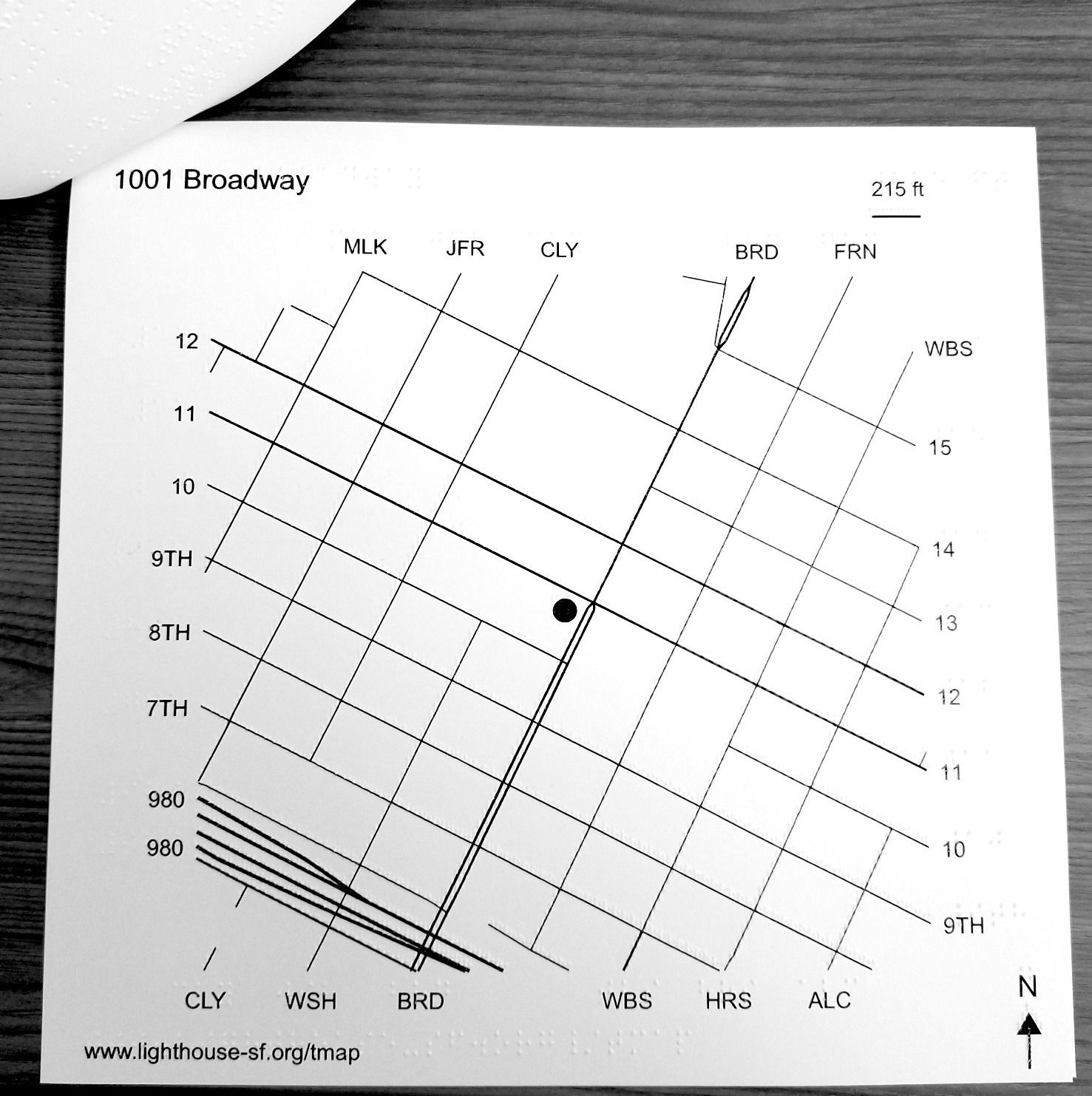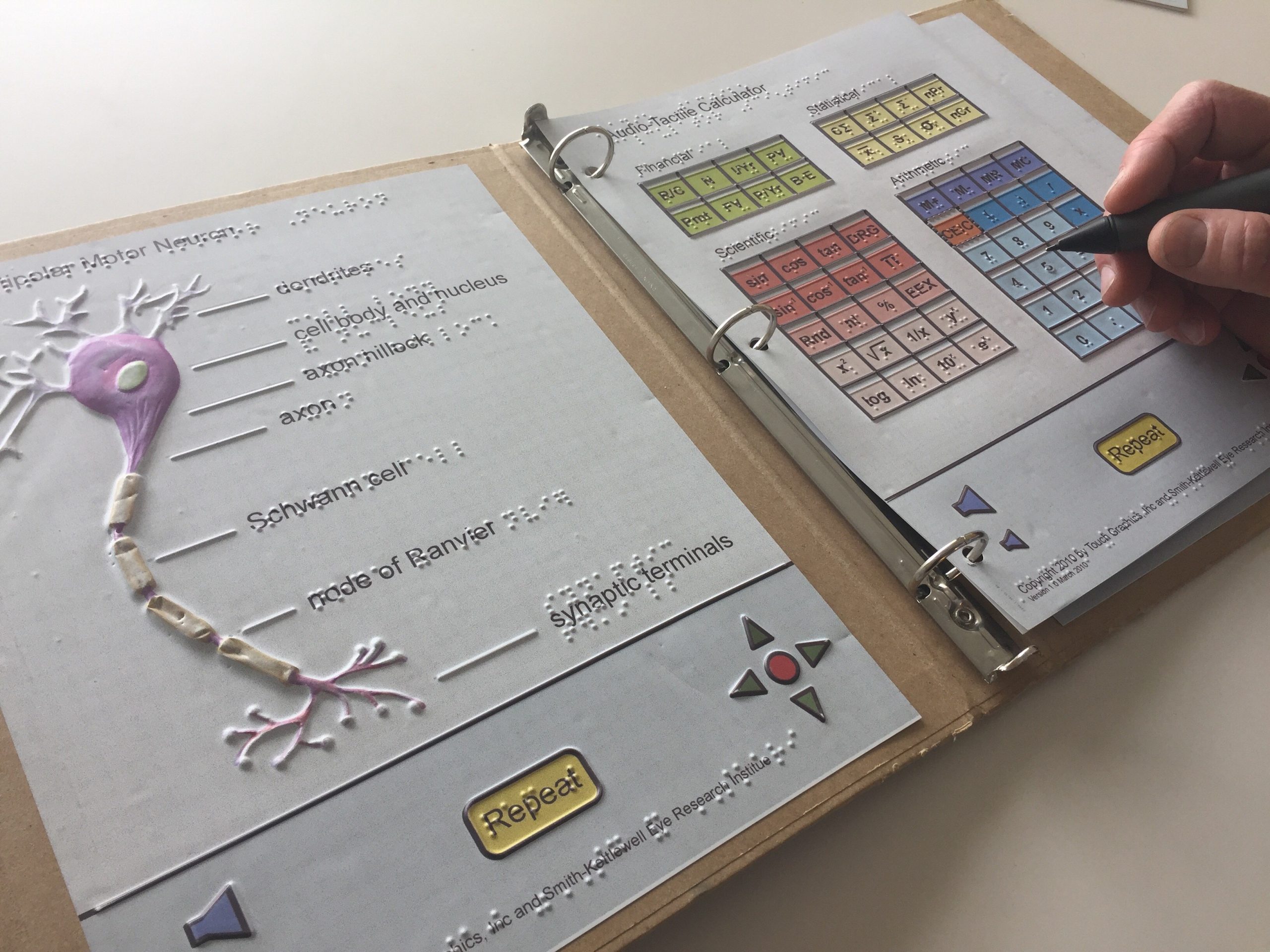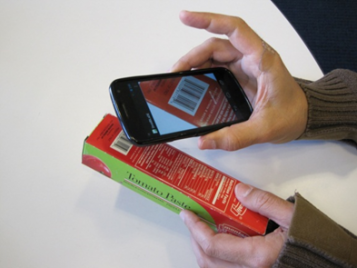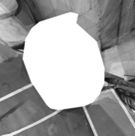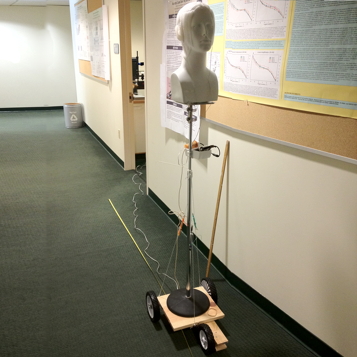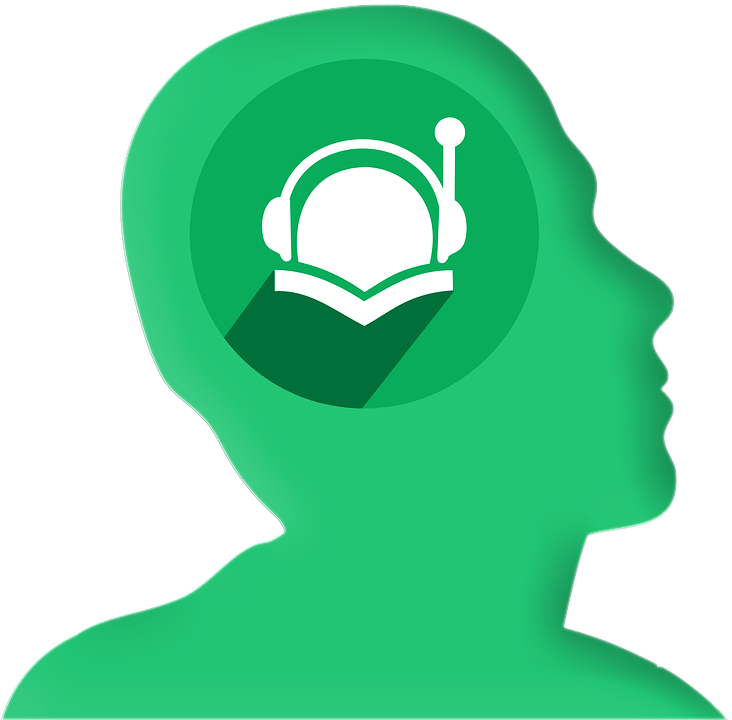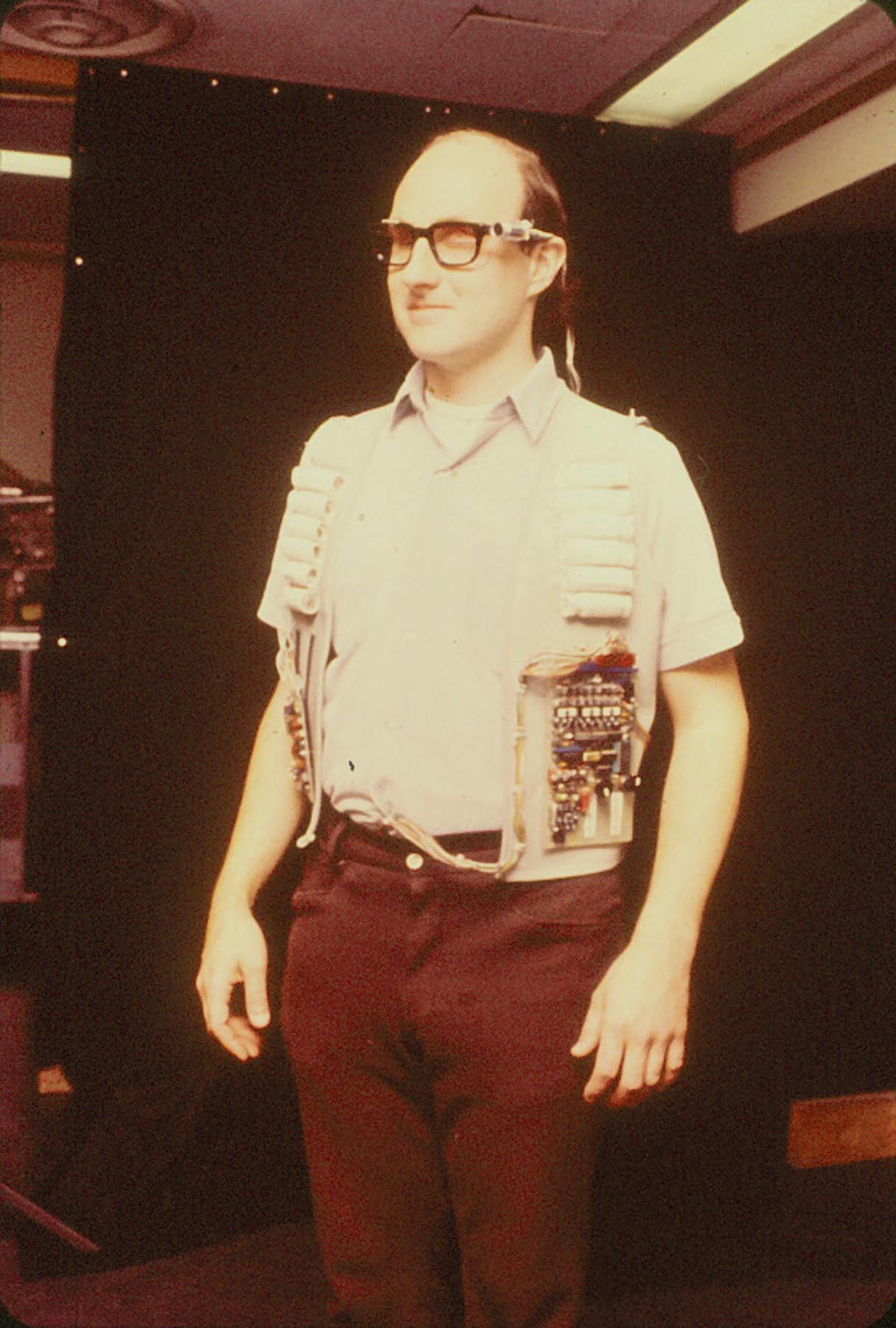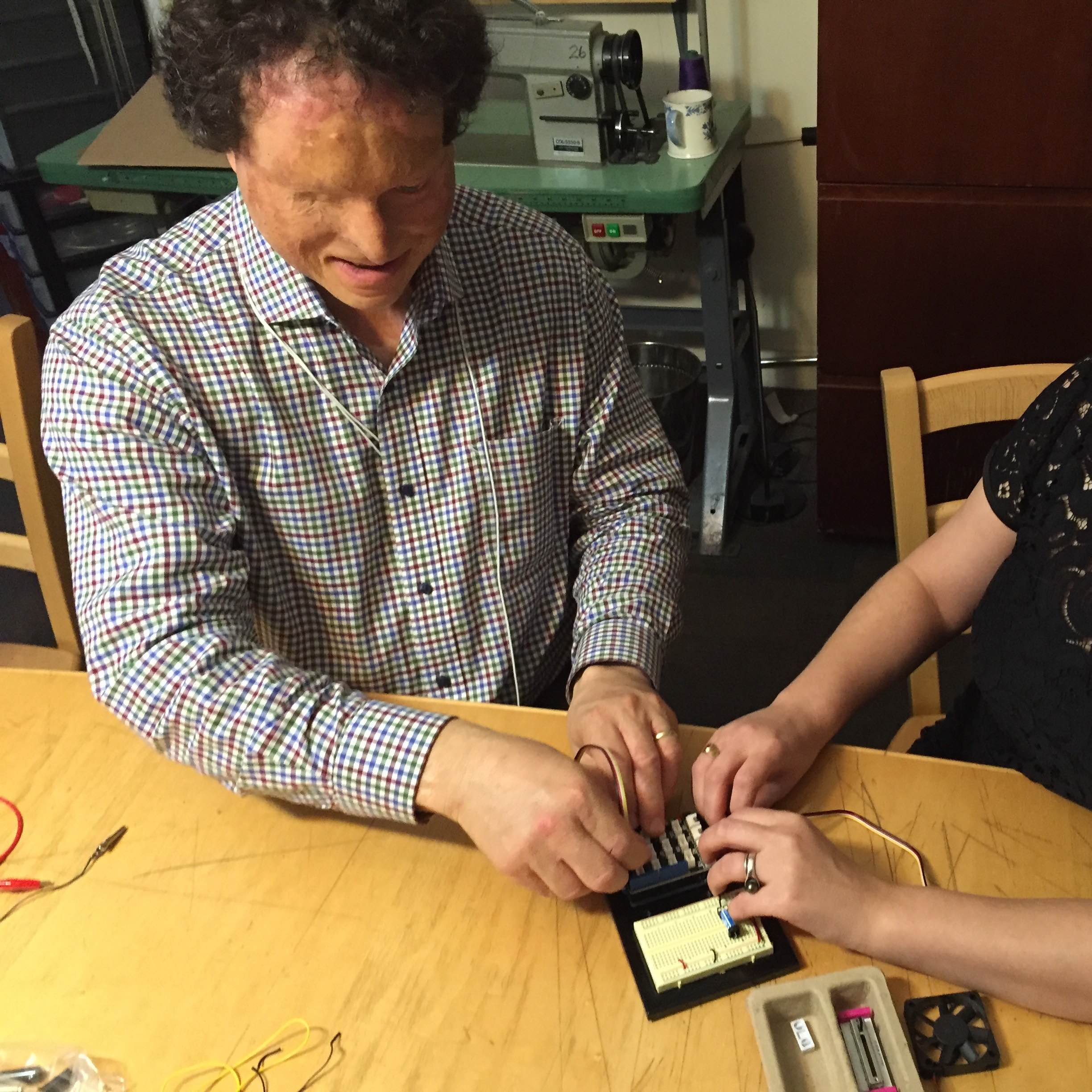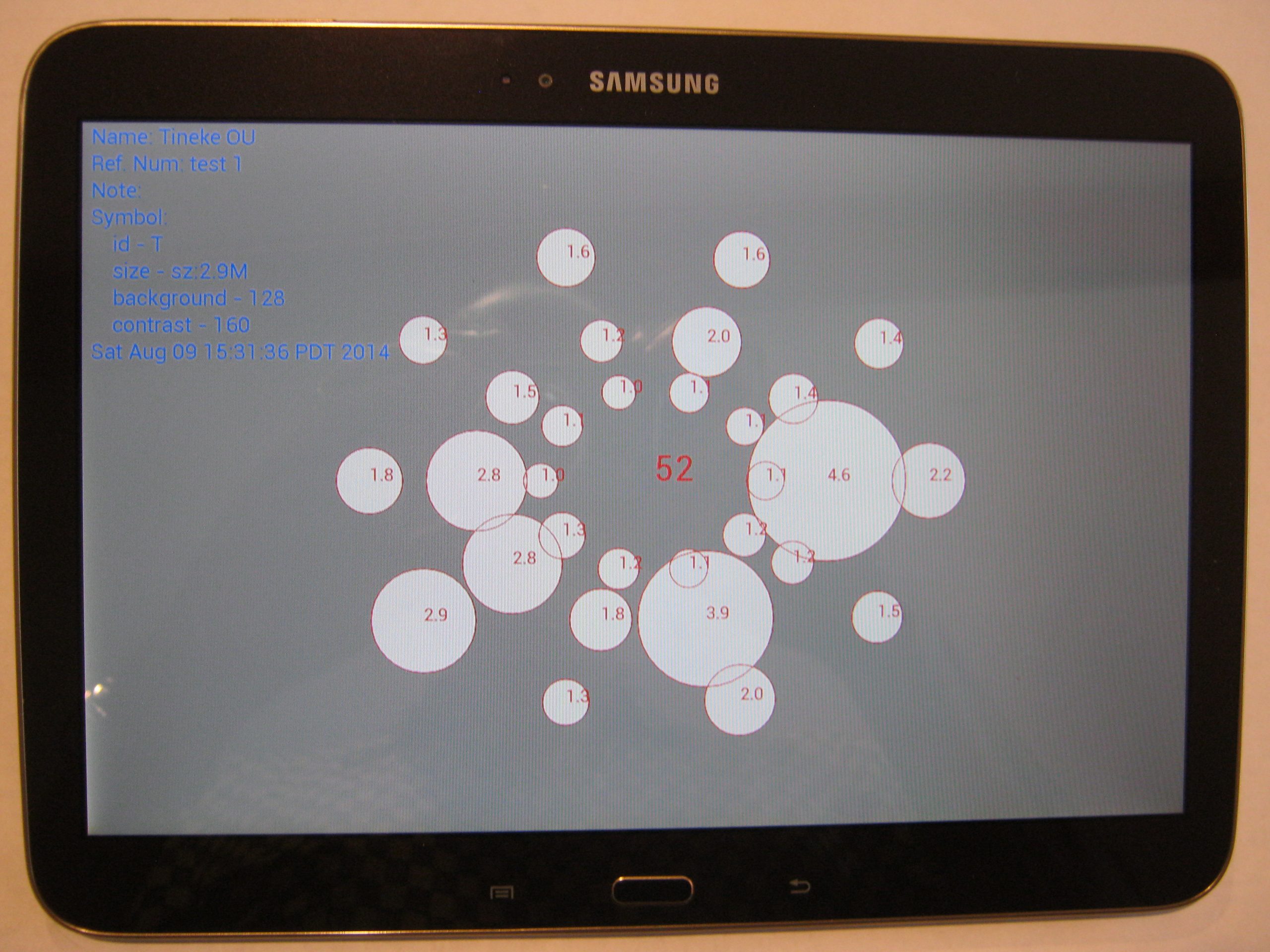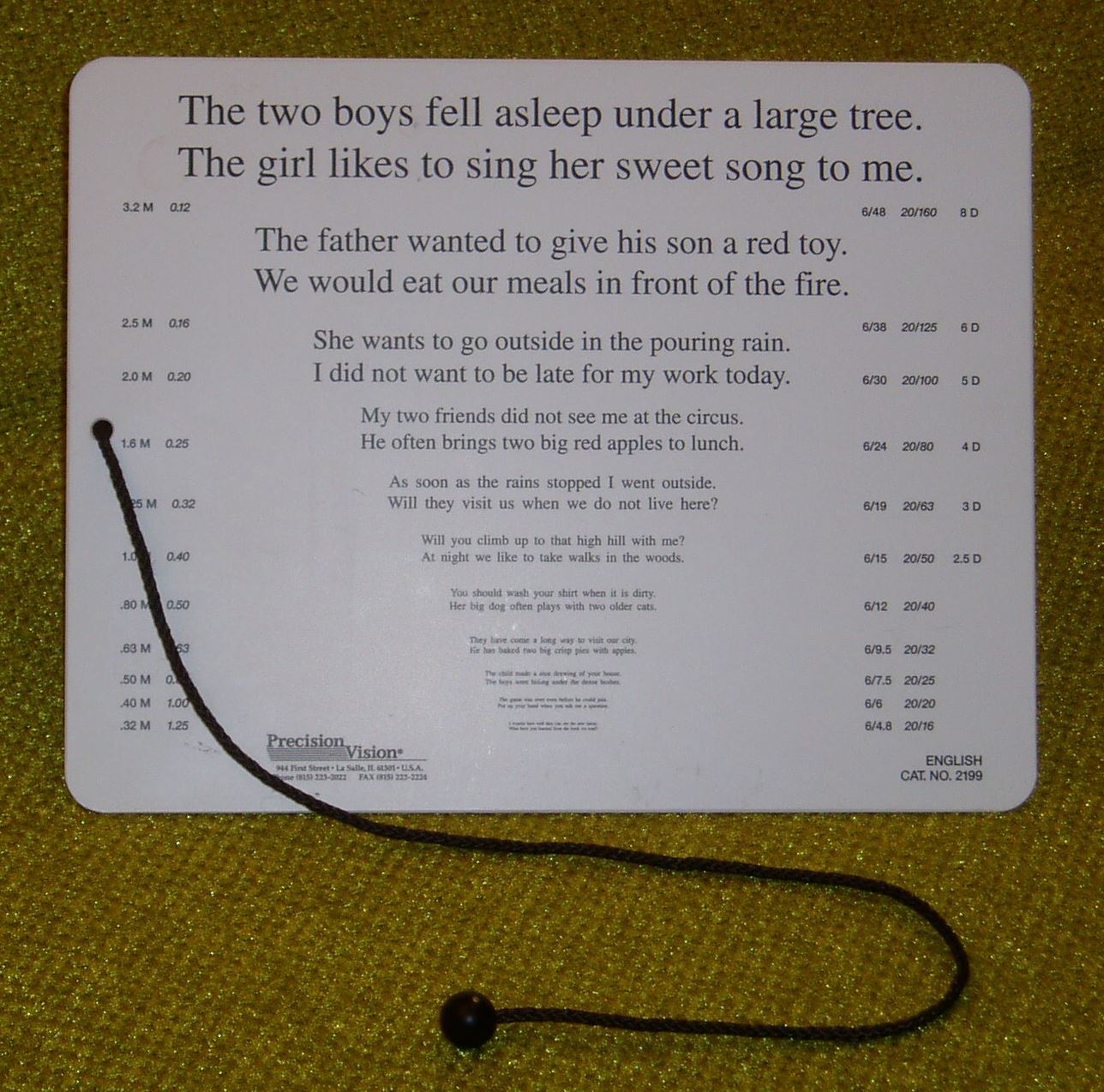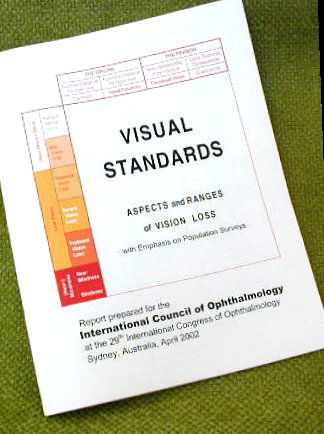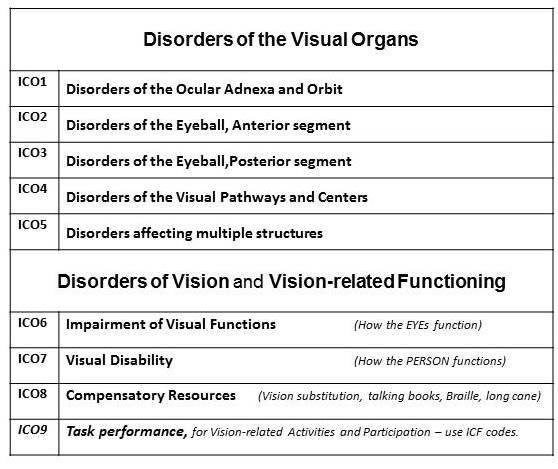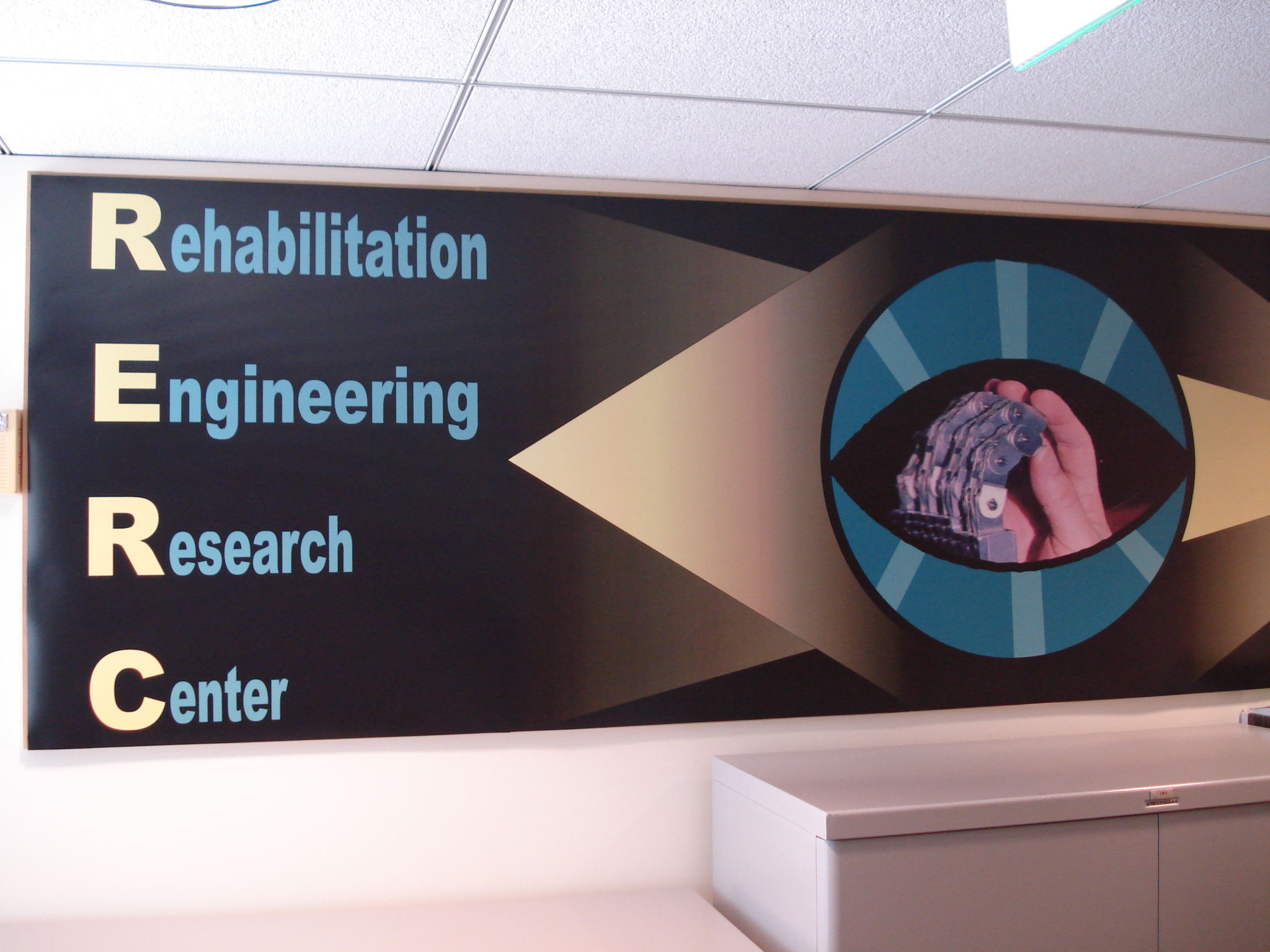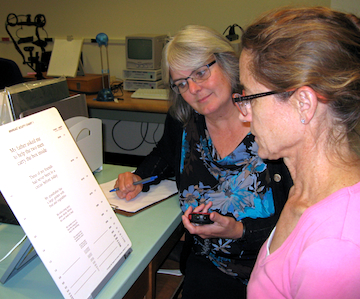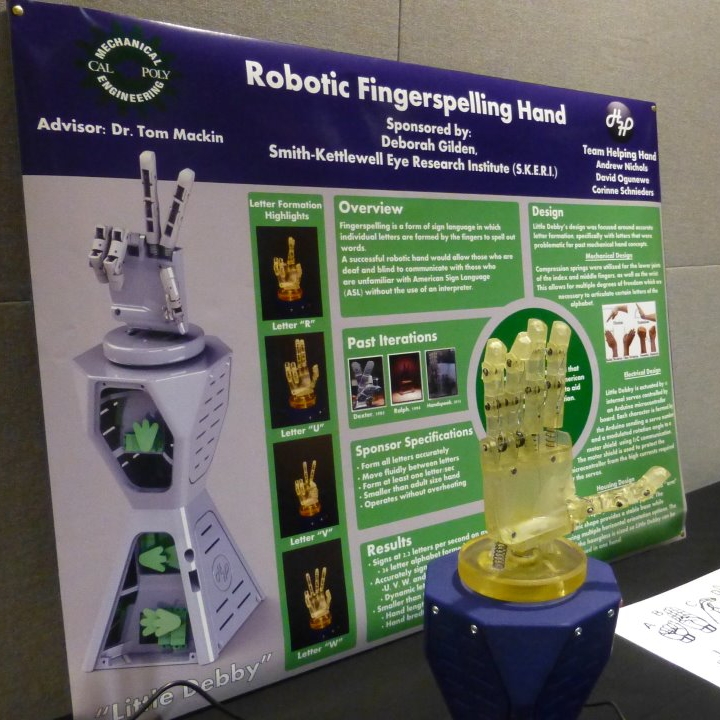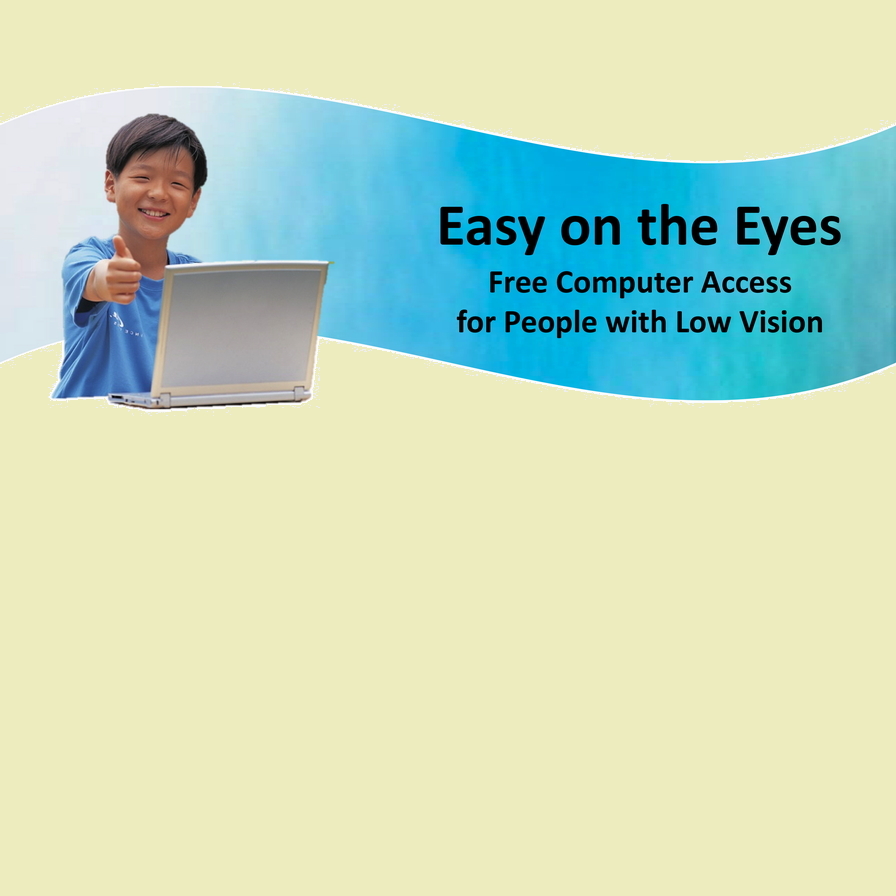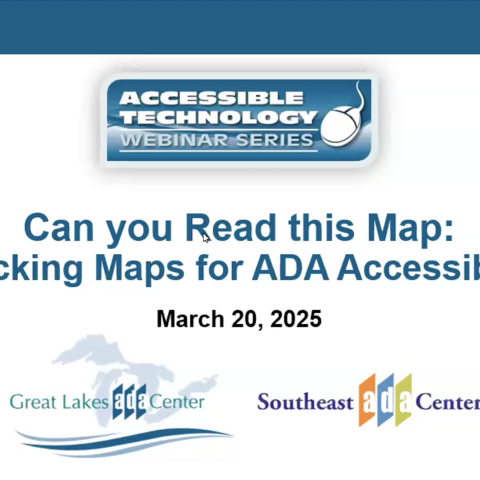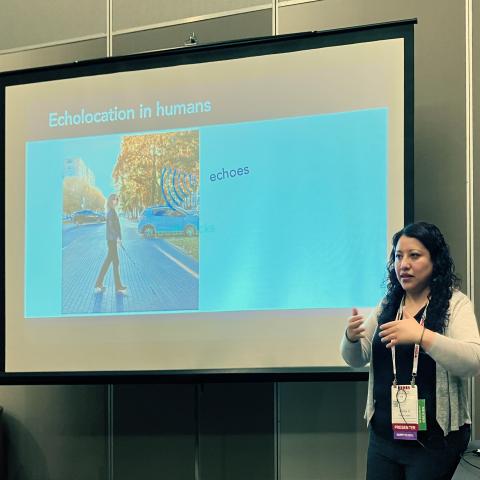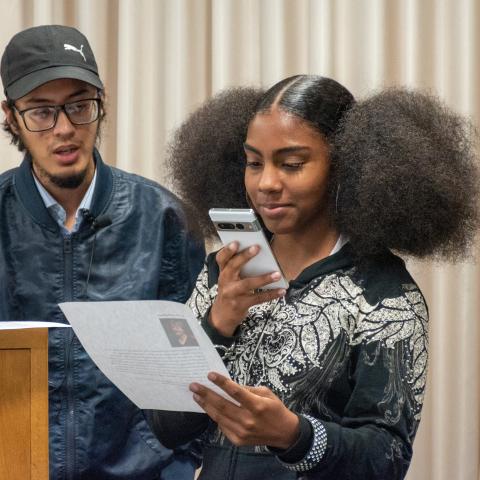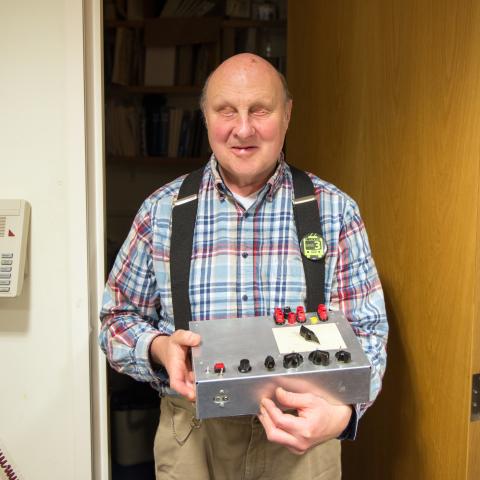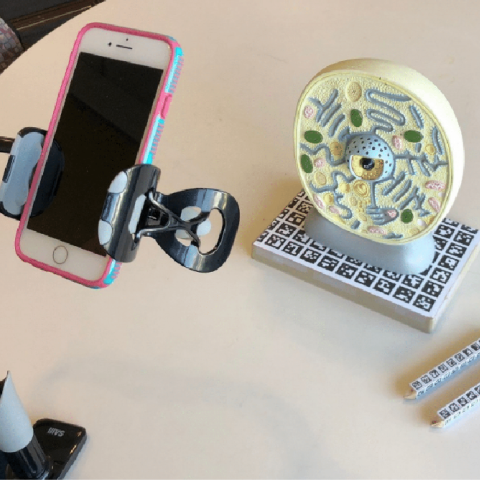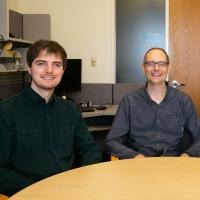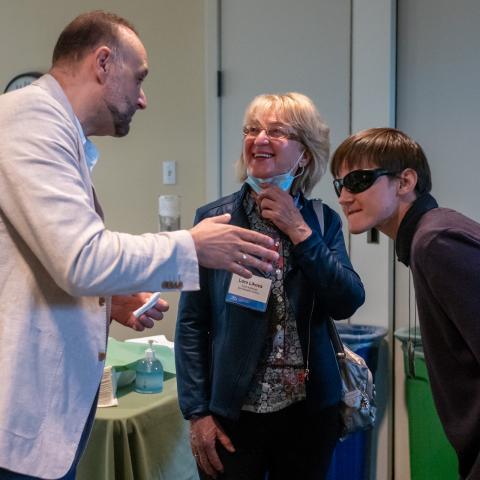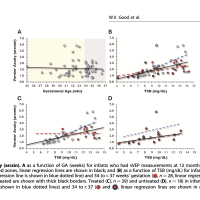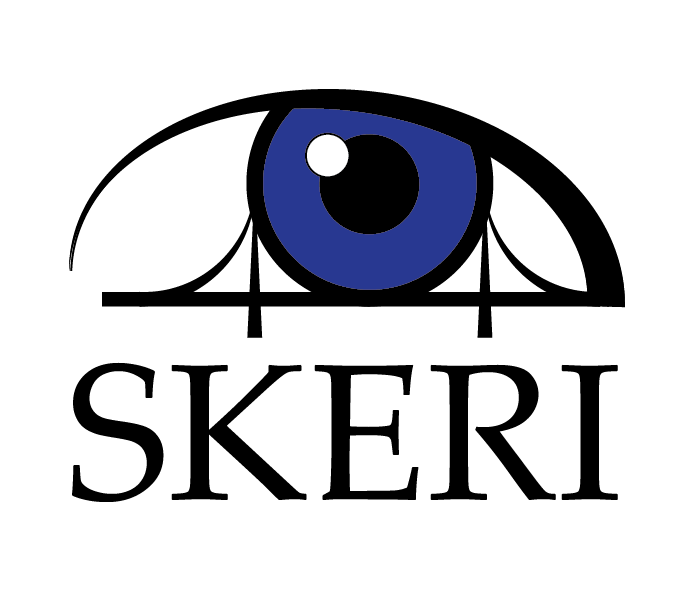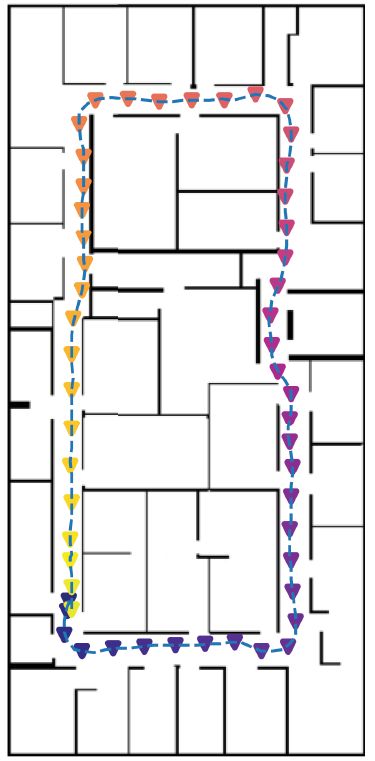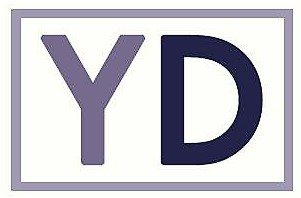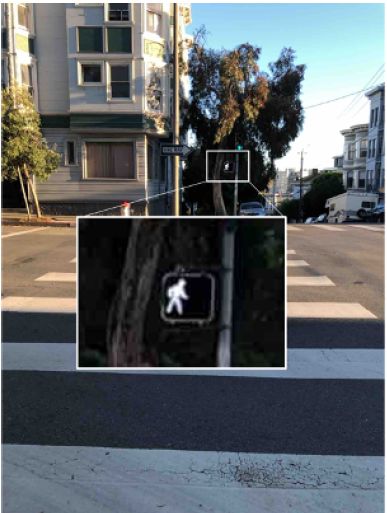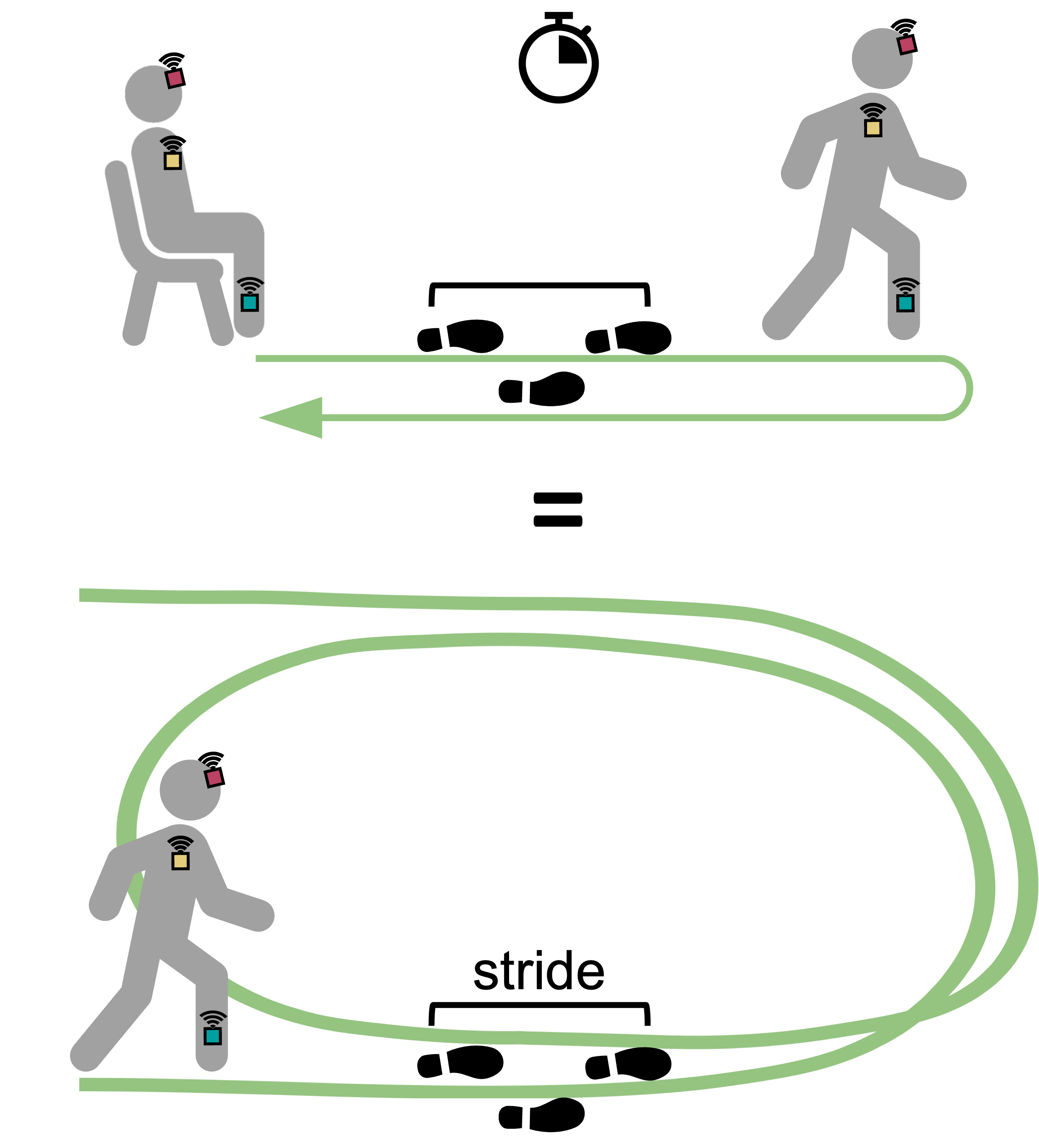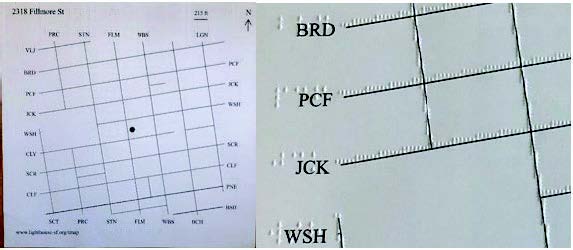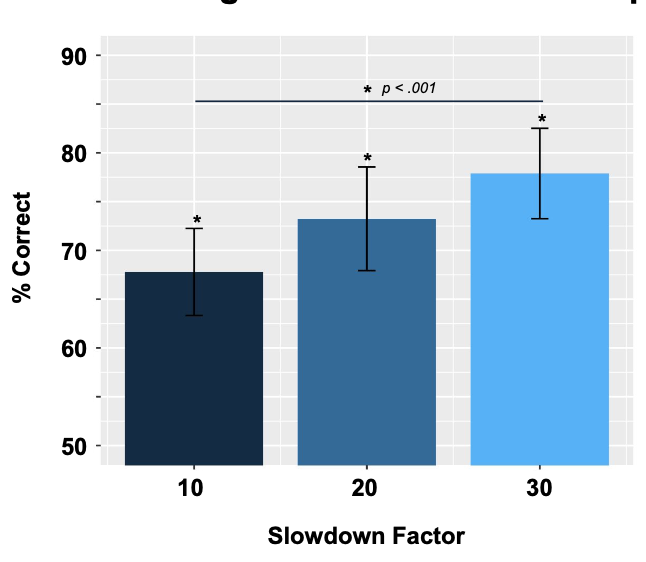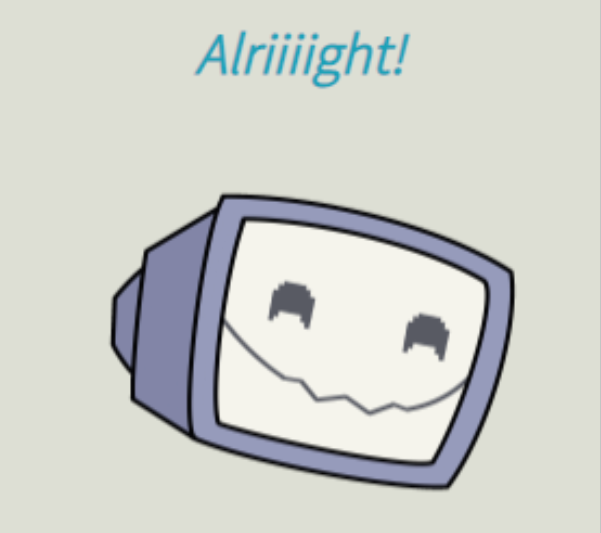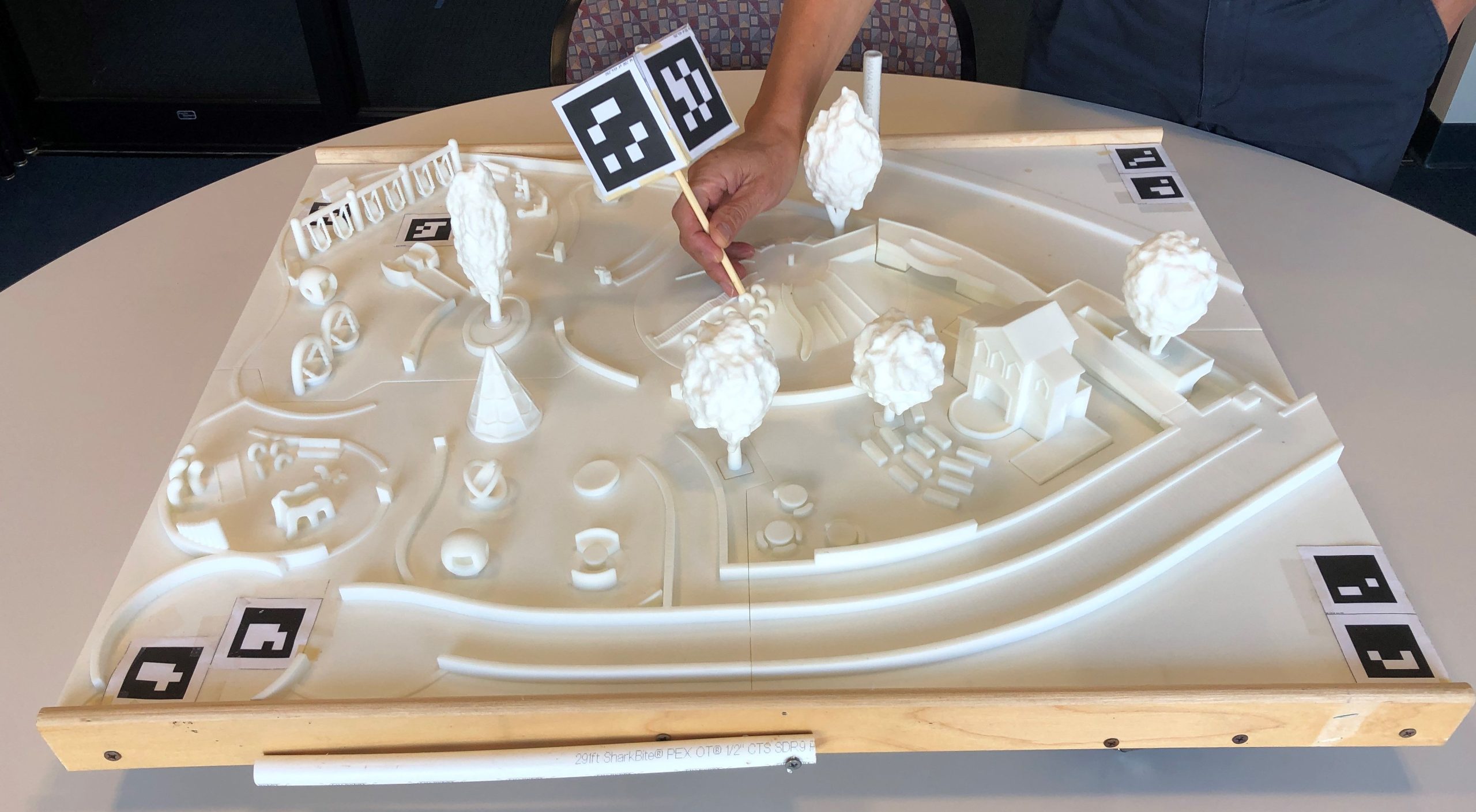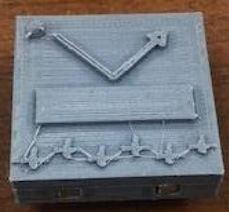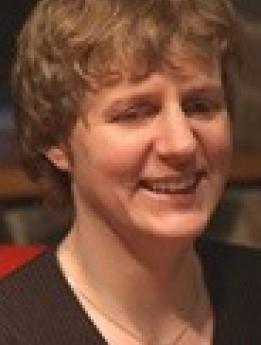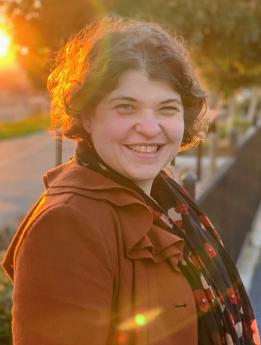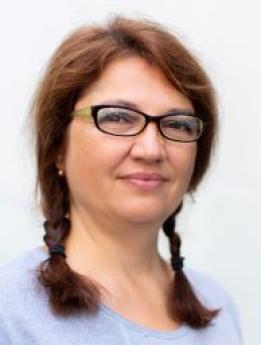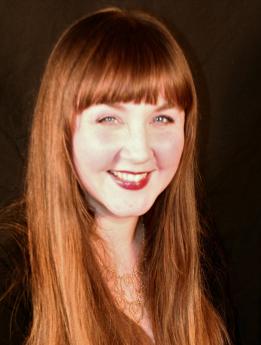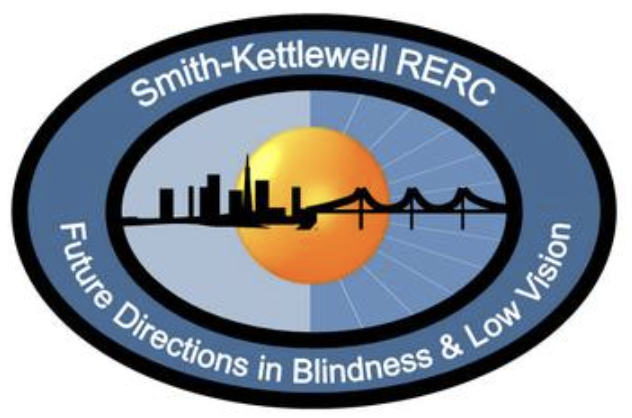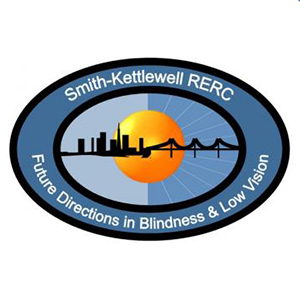Home / Centers / Rehabilitation Engineering Research Center
Rehabilitation Engineering Research Center
Contact Information:
Email: coughlan@ski.orgOffice Phone: (415) 345-2146
2318 Fillmore Street
San Francisco, CA 94115
The Center’s research goal is to develop and apply new scientific knowledge and practical, cost-effective devices to better understand and address the real-world problems of blind, visually impaired, and deaf-blind consumers. The RERC has many ongoing R&D projects and collaborative relationships, both internal and external to Smith-Kettlewell. Primary funding for the RERC comes from the National Institute on Disability and Rehabilitation Research, with other important sources of support, including the National Eye Institute, and The Smith-Kettlewell Eye Research Institute.
Please check out the latest news about the RERC on Twitter.
- Chandna Lab (SEELAB)Principal Investigator:Binocular Vision, Strabismus, Amblyopia, Cerebral Visual Impairment Our laboratory investigates mechanisms of normal and abnormal visual development in children and adults with special emphasis on cerebral visual impairment, acquired brain...
- Eye-Head Movement LaboratoryPrincipal Investigator:Our laboratory is interested in how changes in visual and/or vestibular function affect eye/head coordination, balance, and mobility, particularly in aging. We are currently pursuing two main lines of research:...
- Coughlan LabPrincipal Investigator:The goal of our laboratory is to develop and test assistive technology for blind and visually impaired persons that is enabled by computer vision and other sensor technologies.
- Verghese LabPrincipal Investigator:Our laboratory studies the mechanisms of healthy vision and action, as well as the basis of attention and visual adaptation […]
- Active
- Other
- Completed
- Inactive
Audiom Map of Smith-Kettlewell
An Audiom map of the main Smith-Kettlewell building at 2318 Fillmore St., San Francisco has been created by Brandon Biggs. This is an audio-visual map that allows users to explore a detailed map of the building with or without vision. The map runs in any browser and is available to anyone who visits the building.
Using VR to Help Train Visually Impaired Users to Aim a Camera
People with visual impairments increasingly rely on camera-enabled smartphone apps for tasks like photography, navigation, and text recognition. Despite the growing use of these applications, precise camera aiming remains a significant challenge. This project explores the impact of virtual reality (VR) exploration in the context of learning to use a camera-based app. So far we have studied this approach in the context of training a visually impaired person to use walk-light detector app at traffic intersections.
Mobility and Fall Risk in Central Visual Field Loss
Age-related macular degeneration (AMD) is the most common cause of vision loss in the developed world. Central visual field loss due to diseases such as AMD is a large and growing problem. It is also associated with higher risk of falls and, therefore injury. Although much has been done to understand visual limitations associated with this condition, one of its most dangerous and poorly understood outcomes is the increase in the risk of falls, which can be debilitating and even deadly, especially in the age group most affected by AMD. The exact reasons for the increased fall risk are unknown…
The 3 Ps of 3D: Perception, Pedagogy, and Practice for 3D Printing
3D printing is increasingly used in STEM education. How can it be made usable by students who are blind or visually impaired?
Audiom
Audiom is a tool that allows blind and visually impaired individuals to view maps completely in audio. It is a web component and can be embedded into any webpage, similar to Google Maps. It allows non-visual use of route, landmark, and survey knowledge, which is the critical information needed for navigation.
Tracking a target in depth with central field loss
Bilateral field loss due to maculopathy creates a scotoma that extends in depth — a volume scotoma. Morevoer the size of the scotoma depends on whether observers turn their eyes to track a target as it comes closer. This project investigates how the volume scotoma affects the ability to track oncoming targets in these individuals, and in controls with a simulated volume scotoma.
Cerebral Visual Impairment (CVI): An in-depth study of visual functioning in everyday life
The purpose of this research study is to learn about how cerebral visual impairment affects everyday visually guided behaviours and determine interventions to treat the difficulties. This study is conducted remotely through telephone or video link and also in person at the laboratory.
Active
Investigating Reading in Individuals with Cerebral Visual Impairment (CVI)
In this project, we aim to understand (i) how CVI affects reading, (ii) how current rehabilitation techniques or assistive technologies […]
Human Echolocation
What is echolocation? Sometimes, the surrounding world is too dark and silent for typical vision and hearing. This is true in deep caves, for example, or in murky water where little light penetrates. Animals living in these environments often have the ability to echolocate: They make sounds and listen for their reflections. Like turning on a flashlight in a dark room, echolocation is a way to illuminate objects and spaces actively using sound.
Blind and Low Vision Support Group
Join Dr. Don Fletcher, one of the world’s leading authorities on Low Vision Rehabilitation, to share experiences and learn about the things that help you maintain a full and happy life while living with low vision.
Active
Reading in mTBI
People with mTBI often complain about dificulty in reading in spite of normal results in usual eye exams. We investigate this issue by looking at accommodation and reading rate and subjective measurement of reading difficuties for a variaty of reading tasks in normal and mTBI population.
A Computer Vision-Based Indoor Wayfinding Tool
The ability to navigate safely and confidently is a fundamental requirement for independent travel and access to many settings such as work, school, shopping, transit and healthcare. Navigation is particularly challenging for people with visual impairments, who have limited ability to see signs, landmarks or maps posted in the environment.
Active
Computer Vision Journal Club
The Computer Vision Journal Club meets periodically to discuss papers on topics in computer vision, machine learning and other topics […]
YouDescribe
YouDescribe is a free, web-based platform for adding audio description to YouTube content.
CamIO
CamIO (short for “Camera Input-Output”) is a system to make physical objects (such as documents, maps, devices and 3D models) accessible to blind and visually impaired persons, by providing real-time audio feedback in response to the location on an object that the user is touching. CamIO currently works on iOS using the built-in camera and an inexpensive hand-held stylus, made out of materials such as 3D-printed plastic, paper or wood. See a short video demonstration of CamIO here , showing how the user can trigger audio labels by pointing a stylus at "hotspots" on a 3D map of a playground. See…
Smith-Kettlewell Summer Institute
The Smith-Kettlewell Summer Institute program is a multi-year, learning opportunity designed to provide training for blind and visually impaired students, recent graduates, and early career researchers interested in data skills that will enhance Science, Technology, Engineering and Math (STEM) jobs within industry, government, non-profit organizations or academia. In today’s research climate, individuals are expected to have many skills at their fingertips. Often researchers are required to build software and hardware environments to run studies, to gather and analyze data and to prepare…
Talking Signs
Created by William Loughborough in 1979, Talking Lights was a system of infrared transmitters and receivers allowing blind and visually impaired travelers to quickly and easily "read signs" at a distance.
A11Y COVID-19
COVID-19 pandemic data for screen reader users are available at covid.ski.org
t-Scratch: Tangible Programming Environment
tScratch: Tangible Programming Environment Targeted for Students who are Blind or Visually Impaired Introductory programming languages are overwhelmingly designed with sighted students in mind. Our goal is to expand and enhance scratch (https://scratch.mit.edu/ ), a block-based visual programming language and online community targeted primarily at children with Universal Design for Learning (UDL) concepts. The addition of tactile programming tiles, a specialized haptic coding grid, and an auditory interface will provide beginning programming instruction for students either as individual…
The Smith-Kettlewell Haptics Symposium
The Smith-Kettlewell Haptics Symposium was held on March 29, 2018 to honor and remember Dr. Val Morash and her research.
Regressions in Braille Reading
This project explores regressions (movements to re-read text) in braille reading. The image on the right plots the braille reading finger movements in blue and regressions in black.
Audio/Tactile BART Station Maps
This collaborative project between Smith-Kettlewell and the San Francisco LightHouse applies Smartpen-Based audio/tactile graphics tools to improve orientation and wayfinding by travelers with visual disabilities in and around unfamiliar transit stations.
Sign Finder
This project seeks to develop a computer vision-based system that allows a visually impaired traveler to find and read informational signs, such as signs labeling office doors, streets, restrooms and Exit signs. Link open source code
Tactile Graphics Helper (TGH)
Tactile graphics use raised lines, textures, and elevations to provide individuals with visual impairments access to graphical materials through touch. Tactile graphics are particularly important for students in science, technology, engineering, and mathematics (STEM) fields, where educational content is often conveyed using diagrams and charts. However, providing a student who has a visual impairment with a tactile graphic does not automatically provide the student access to the graphic's educational content. Instead, the student may struggle to decipher subtle differences between textures or…
Workshop Series on Computer Vision and Sensor-Enabled Assistive Technology for Visual Impairment
Recent workshop: Workshop on Environmental Sensing Technologies for Visual Impairment (ESTVI '13 in San Francisco) ESTVI '13 focused on emerging technologies capable of sensing environmental features for applications in access technologies for persons with visual impairment, including low vision and blindness. The development of environmental sensing technologies (ESTs) and the study of their potential to support the activities of daily living for visually impaired persons is progressing at a rapid pace, and engages many disparate research fields, including computer vision, wearable sensors…
Completed
Assessment of Speechreading with Dual Sensory Loss: Visual and Hearing Impairments
The purpose of this research study is to test subjects who have various hearing and vision problems on their lipreading, visual and auditory skills in order to understand the relationships between lipreading and visual impairment. We then can explore training strategies to improve auditory and visual communication.
Hearing Aid for Blind Travelers with Hearing Loss
Blind travelers rely on subtle acoustic cues for independent mobility. When hearing becomes impaired, as in the normal aging process, a special type of hearing aid may be needed to enhance these cues.
Tactile Map Automated Production (TMAP)
Smith-Kettlewell's Tactile Map Automated Production (TMAP) Project was initiated with the goal of developing the first web-based software tool for rapid production of highly specific, tactile street maps of any location in the USA.
Audio/Tactile Graphics Using LiveScribe Smartpen
Active from 2007 to 2010, this project was the first exploration of using a digital smartpen as a platform for creating and presenting audio/tactile graphics – a system of using touch-based audio to annotate tactile figures to improve access to graphical information for the blind. The project, a collaboration between Smith-Kettlewell and Vanderbilt University, used the Livescribe Pulse Pen – a commercial smart pen device that includes a video camera in its tip, a microprocessor that can run Java programs, memory, an audio speaker, a microphone, and a rechargeable battery. When the tip of the…
Display Reader
The goal of the Display Reader project is to develop a computer vision system that runs on smartphones and tablets to enable blind and visually impaired persons to read appliance displays. Such displays are found on an increasing array of appliances such as microwave ovens, thermostats and home medical devices. Click here for Display Reader software download.
BLaDE
BLaDE (Barcode Localization and Decoding Engine) is an Android smartphone app designed to enable a blind or visually impaired user find and read product barcodes. The primary innovation of BLaDE, relative to most commercially available smartphone apps for reading barcodes, is that it provides real-time audio feedback to help visually impaired users find a barcode, which is a prerequisite to being able to read it. Link to BLaDE software download: http://legacy.ski.org/Rehab/Coughlan_lab/BLaDE/ Click here for YouTube video demo of BLaDE in action.
Crosswatch
Crosswatch is a smartphone-based system developed for providing real-time guidance to blind and visually impaired travelers at traffic intersections. Using the smartphone's built-in camera and other sensors, Crosswatch is designed to tell blind and visually impaired travelers what kind of traffic intersection they are near, how to align themselves properly to the crosswalk, and when the walk light or other traffic light indicates it is time to cross. Click here for link to zip file containing Crosswatch code (open source) and documentation.
Completed
Video-Based Speech Enhancement for Persons with Hearing and Vision Loss
It is estimated that by 2030, the number of people in the United States over the age of 65 will […]
Acoustic Cues for Wayfinding
This project aims to do a detailed analysis of the environmental acoustic cues that help some blind navigate successfully.
Inactive
The Kinematics of Braille Reading
[Under construction] When blind persons read braille, a system of raised dots for tactile reading and writing, how is the information processed? How do a few indentations on the fingerpads translate to linguistic information, and how does the text, in turn, influence the motions of the hands reading it? Our work on braille addresses these processes on several levels.
Braille, Assistive Technology, and Reading Comprehension
This project explores the impact of presentation mode (braille vs. audio) and using different assistive technology (i.e., refreshable braille displays and screen reader) on reading comprehension ability. The findings will have direct implications for how to present educational material to enhance comprehension among fluent braille readers.
The Smith-Kettlewell Technical File
The Smith-Kettlewell Technical File, edited by William Gerrey (WA6NPC), was a publication by and for blind and visually-impaired electronics professionals and enthusiasts. It was published by the Smith-Kettlewell Eye Research Institute from Fall 1980, through Spring 1998 and was at various times available in Braille, large print, audio cassette, and 5-1/4" floppy diskette. Although The Smith-Kettlewell Technical File is no longer in active publication, we offer this online archive as a resource of both current and historical value. While many of the articles about devices and techniques remain…
Describeathon 2019 Announced!
Join Describeathon 2019! Help make YouTube videos more accessible to blind viewers by adding your voice to this day of description. Use YouDescribe, our free web-based description tool, to describe the visuals of your favorite YouTube videos and have fun doing it!
Blind Arduino Project
The Blind Arduino Project grew out of a community effort led by Dr. Miele in late 2015 to better understand barriers faced by blind people wanting to participate in the vibrant global culture of DIY hardware prototyping. Arduino is an inexpensive, open-source electronics platform used by everyone from young hobbyists to high-tech developers to build computerized devices integrating sensors, motors, displays, wireless communications, and a host of other tools. Arduino is used in schools to teach children basic principles of design and computer science, in industry to quickly and inexpensively…
Functional Assessment – Visual Fields
Most patients are unaware of their visual field defects and scotomata, be it from AMD, from glaucoma, from RP, or from other causes. Dr. Colenbrander developed an improved functional scoring system for visual fields, as part of the Functional Vision Score system (see Guidelines)
Functional Assessment – Reading
Difficulty reading is the most common complaint of low vision patients. It is the Activity of Daily Living that is most closely related to visual acuity, but involves many additional factors beyond. Print SIZE provides an assessment (visual acuity) of "How the EYE functions". Reading SPEED provides a convenient assessment of “How the PERSON functions.” PDF Reading acuity (2005) The IVA system (see below) contains a module to facilitate reading speed measurements.
Functional Assessment – Contrast Sensitivity
For eye doctors measuring contrast sensitivity loss during routine eye exams is not a priority, since contrast losses are not disease specific and do not guide treatment decisions. For the patient, on the other hand, knowledge about contrast losses, of which they are usually not consciously aware, is very important, since it may affect the performance of Activities of Daily Living and affect safety in mobility tasks. When visual parameters are measured, the measurements are usually limited to determining peak contrast sensitivity and threshold visual acuity as separate, seamingly independent…
Functional Assessment – Book Chapters
Categorization of visual functioning requires appropriate measurement methods. Dr. Colenbrander has discussed the principles of functional assessment in several book chapters. Measuring Vision and Vision Loss, Vol. 5, chapter 51, in Duane’s Clinical Ophthalmology, (2001, updated and expanded for 2010 edition). Comprehensive overview, 96 pages, 10 MB. PDF Low Vision Rehabilitation, Special issue of: Ophthalmology Clinics of North America, Colenbrander, Fletcher eds., 7, 2, 1994. The Visual System. Chapter 12 in Master the AMA Guides (L. Cocchiarella, S.J…
Functional Assessment – Guidelines and Reports
Combining his interests in classification and in vision rehabilitation, Dr. Colenbrander has promoted a better understanding of the various aspects of vision loss, their causes, and above all their consequences for the person.
Classification and Coding Projects
One of Dr Colenbrander’s persistent interests has been in classification and coding. In the 1960’s he participated in the development […]
RERC Center Grant
The RERC Center Grant funds a number of projects for blind and visually impaired persons. The projects broadly fall into the categories of Functional Assessment, Access to Spatial and Graphic Information, and STEM Education.
Reading, Vision Function and Disease Progression in Early to Intermediate AMD
Most prior research on reading in people with age-related macular degeneration (AMD) has focused on those with advanced disease. The first goal of this project is to examine the visual, motor, and cognitive factors that contribute to reading performance in people with early to intermediate(E/I) AMD. A second goal is to compare those with E/I AMD to age-matched groups with no AMD, and with advanced disease to determine which characteristics of the E/I AMD participants more closely match those with advanced AMD. The final goal is to assess our E/I AMD participants longitudinally to determine…
Inactive
Wearabraille
WearaBraille is a research project into wearable computing, and the use of MEMS sensors as novel input technology to mobile devices such as laptops, PDAs and smartphones. Our prototype device functions much like a Braille keyboard, but instead of buttons for each finger to press, there are accelerometers on the back of each finger, near the knuckles (keeping the palms and finger tips free). When a finger taps on a table top or other firm surface, the WearaBraille knows that the Braille dot associated with that finger is part of the current character. By tapping multiple fingers simultaneously…
Robotic Fingerspelling Hand for Communicating with Deaf-Blind People
A robotic fingerspelling hand would give anyone who can type the ability to communicate with deaf-blind people who know tactile fingerspelling. It also would have the potential to provide computer access to deaf-blind people who do not read Braille.
Low Vision Computer Access
Dr. Deborah Gilden wants to ensure that people who work with low vision students, clients, patients, or who want to […]
- Senior Engineer Bill Gerrey Honored with a Named Room at New LightHouse BuildingSan Francisco's LightHouse for the Blind and Visually Impaired recently moved to its new facility at 1155 Market Street, 10th Floor, San Francisco, California. One of the rooms at this...
- SKERI Research Recognized with the Dr. Arthur I. Karshmer Award for Assistive Technology ResearchWe congratulate Dr. James Coughlan, Dr. Huiying Shen, and Brandon Biggs, MDes on winning the Dr. Arthur I. Karshmer Award for Assistive Technology Research with their publication that aims to harness smartphone-based...
- Brandon Biggs brings his assistive technology ideas to SKERIWe’re excited to welcome Brandon Biggs to the Smith-Kettlewell Eye Research Institute. Brandon arrived in August to collaborate with Dr. Coughlan, Dr. Shen and Dr. Fusco to work on assistive...
- SKERI Researcher talks Indoor Navigation & Mapping on Blind BargainsThe work of Dr. James Coughlan and Brandon Biggs was again recognized at the annual CSUN conference, where Brandon was interviewed for a podcast on Blind Bargains, a source for...
- SKERI’s FVA Conference Addresses Cutting-Edge Research and InnovationAs part of its 60th anniversary celebrations, the Smith-Kettlewell Eye Research Institute successfully hosted the FVA Conference on August 3-4, 2023, in the heart of San Francisco, California. This groundbreaking...
- John BrabynExecutive DirectorIt has been my honor to serve as The Smith-Kettlewell Eye Research Institute’s Executive Director since 2011. Previously, I have […]
- Charity Pitcher-CooperResearch AssociatePronouns: she/her I joined The Smith-Kettlewell Rehabilitation Engineering Research Center (RERC) team in 2017 as an assistant to scientist Dr. […]
- A State of the Science Virtual Conference on Rehabilitation Technology and Methods in Blindness and Low VisionThe goal of this conference is to identify needs for future research in rehabilitation technology, methods for the blind and visually impaired population, and those with dual sensory loss. Schedule...
- A State of the Science Conference On Rehabilitation Technology & Methods For a Changing PopulationThe goal of this invitation-only conference is to identify needs for future research in rehabilitation technology, methods for the blind and visually impaired population, and those with dual sensory loss....
